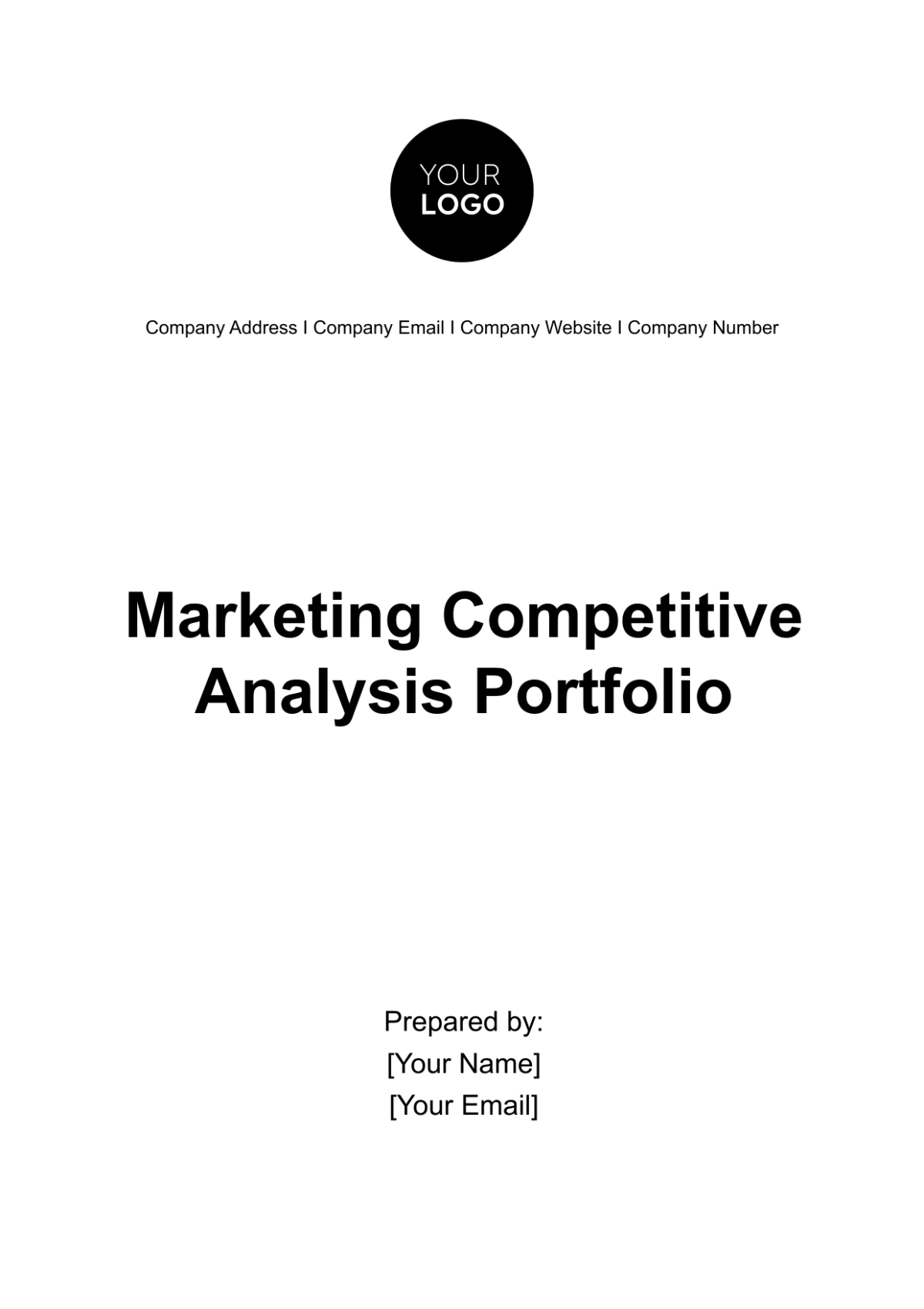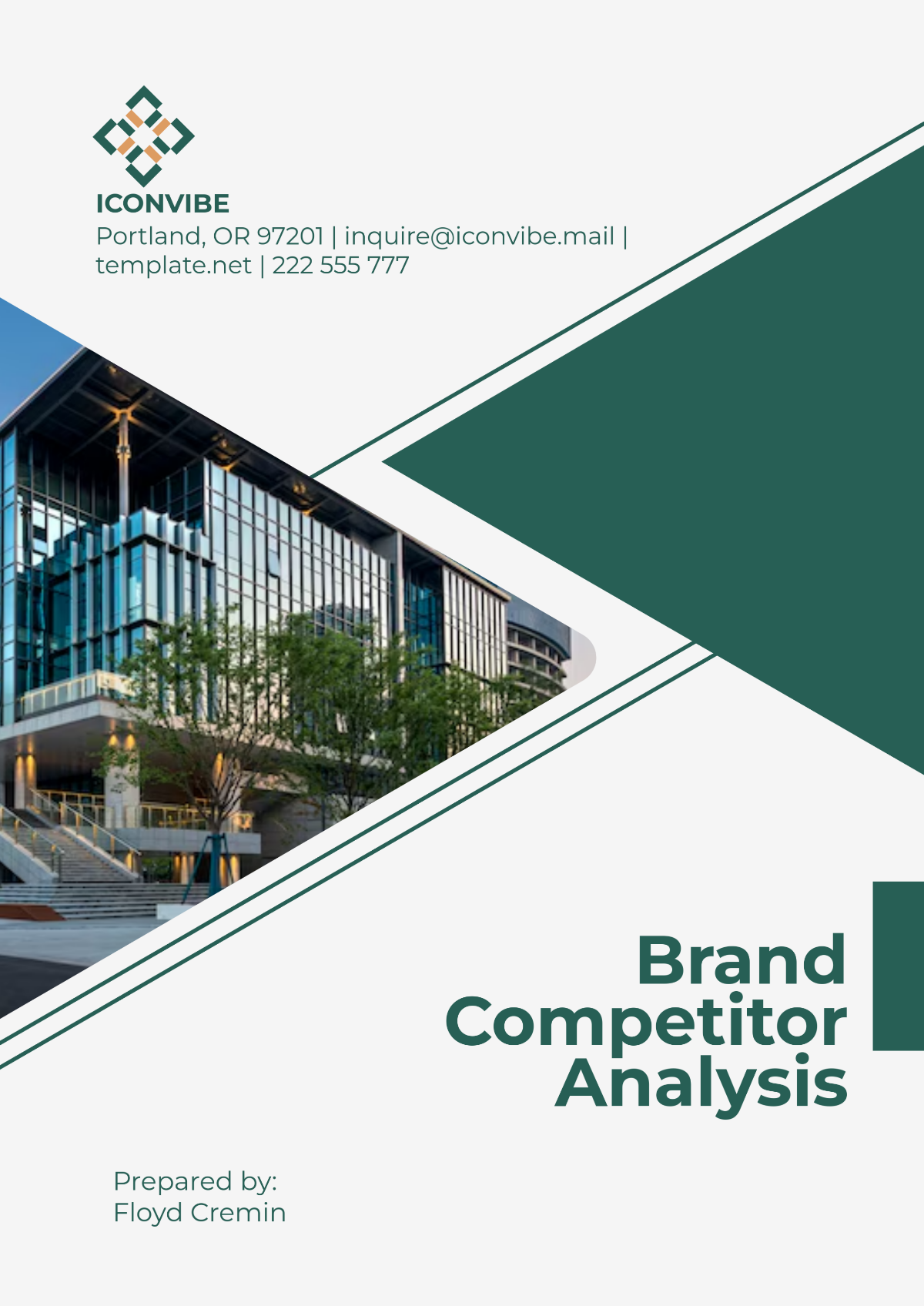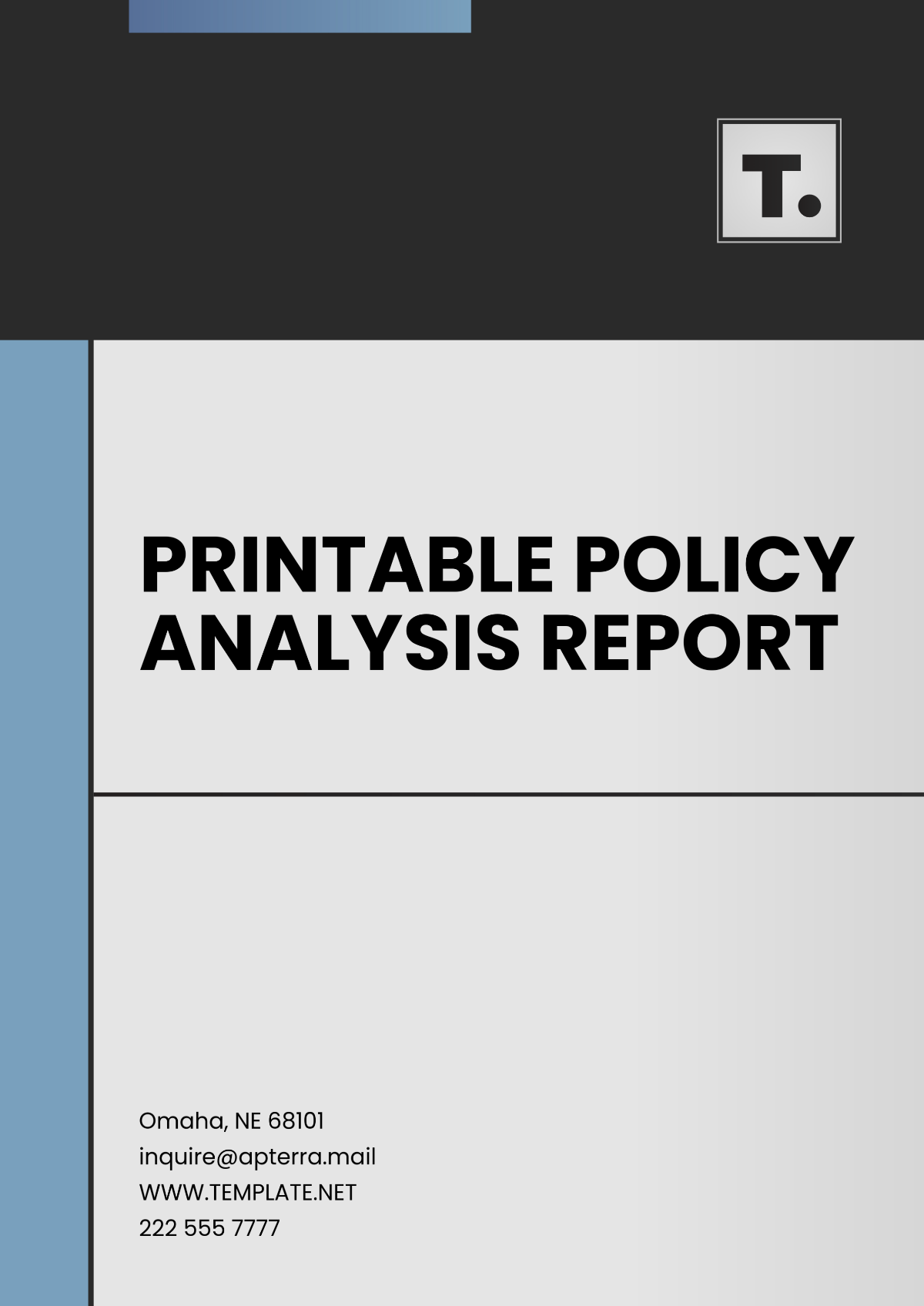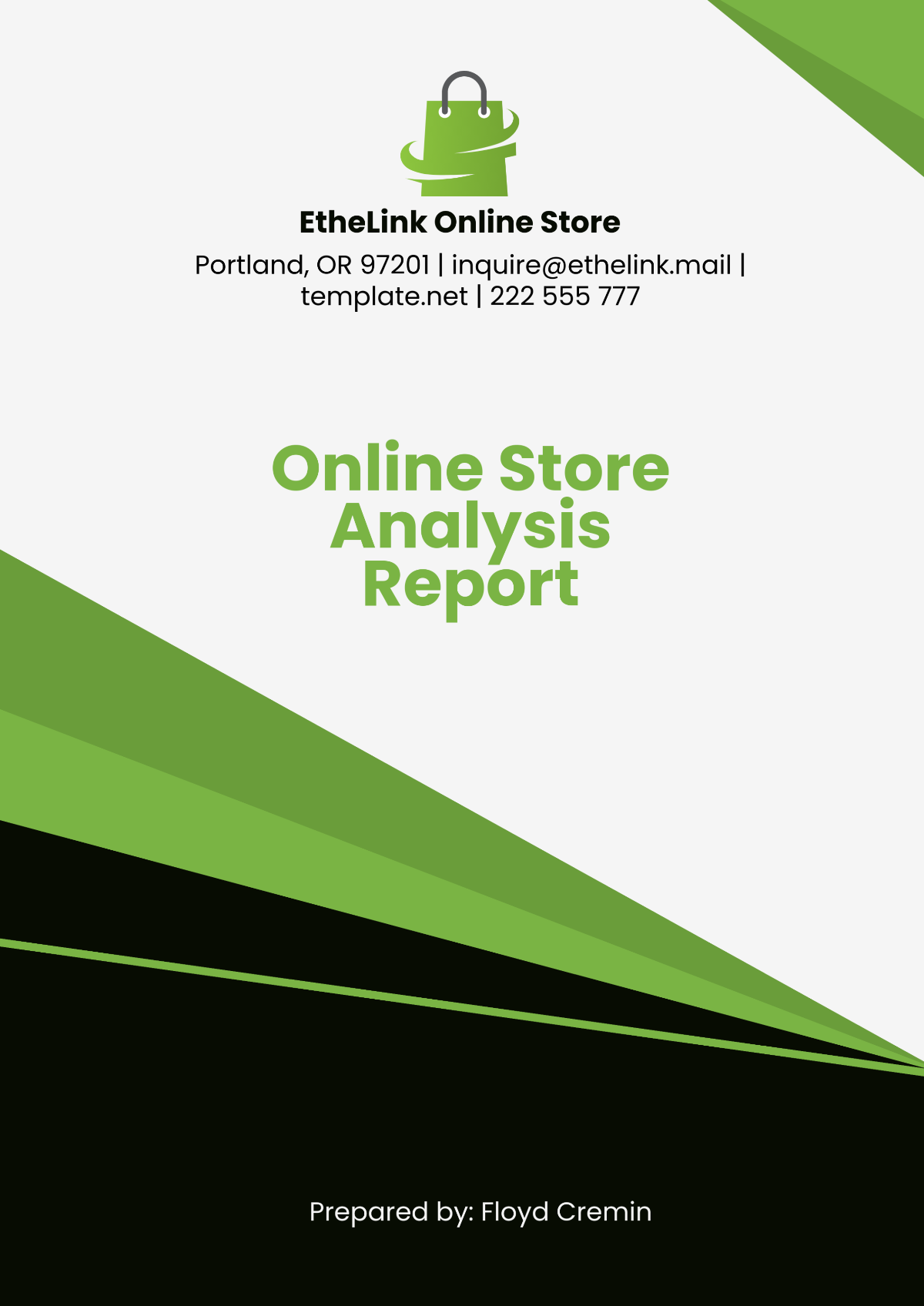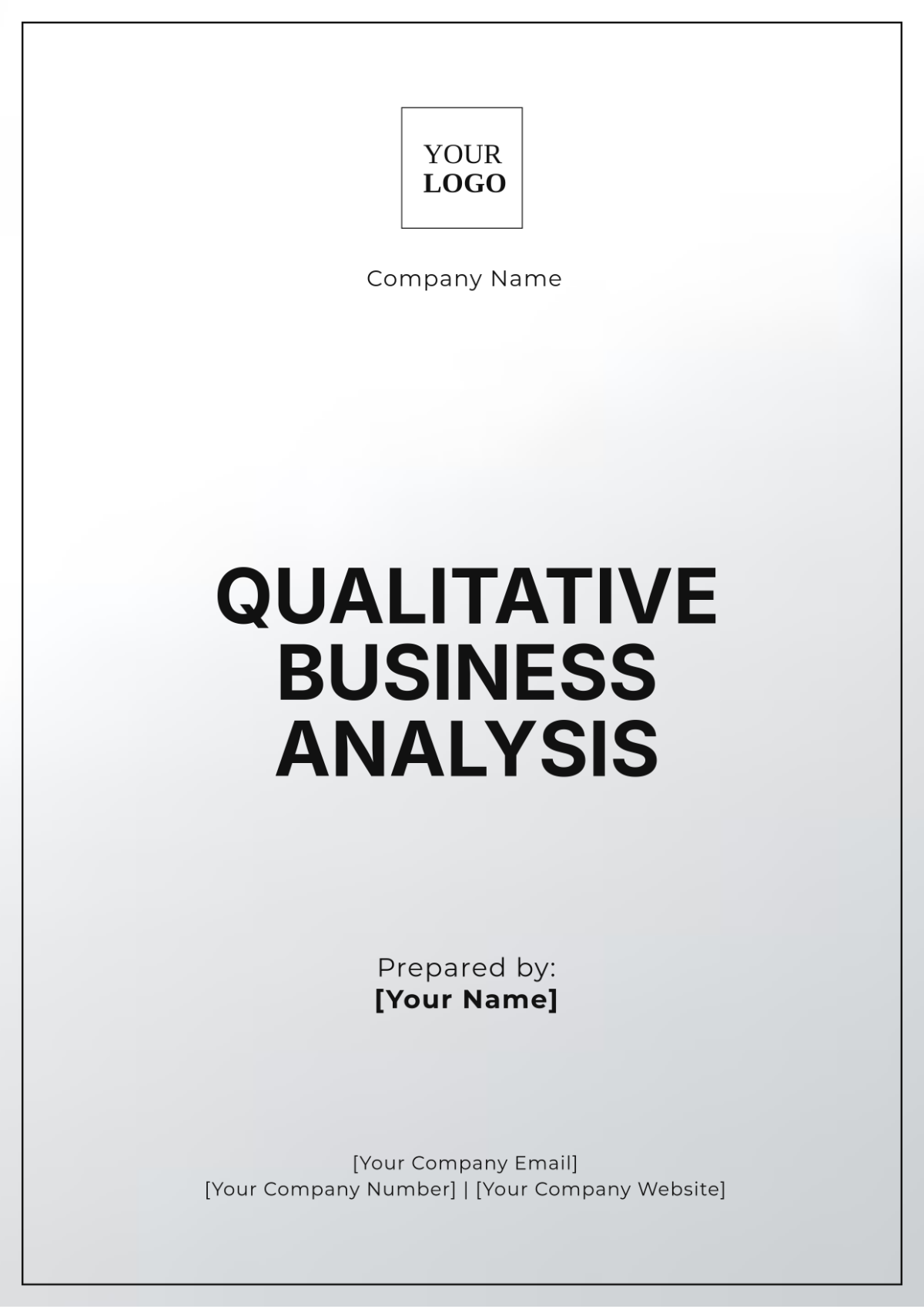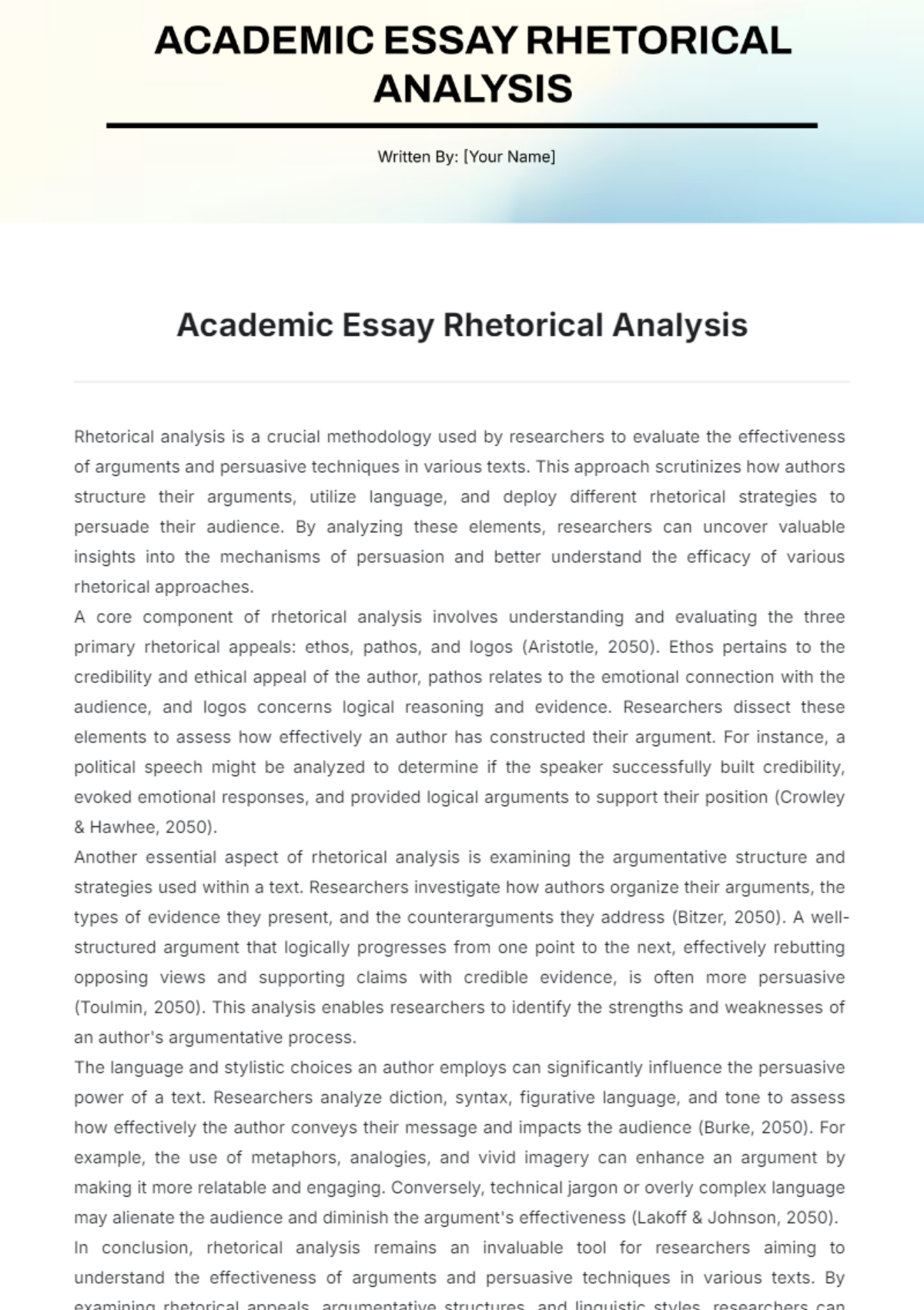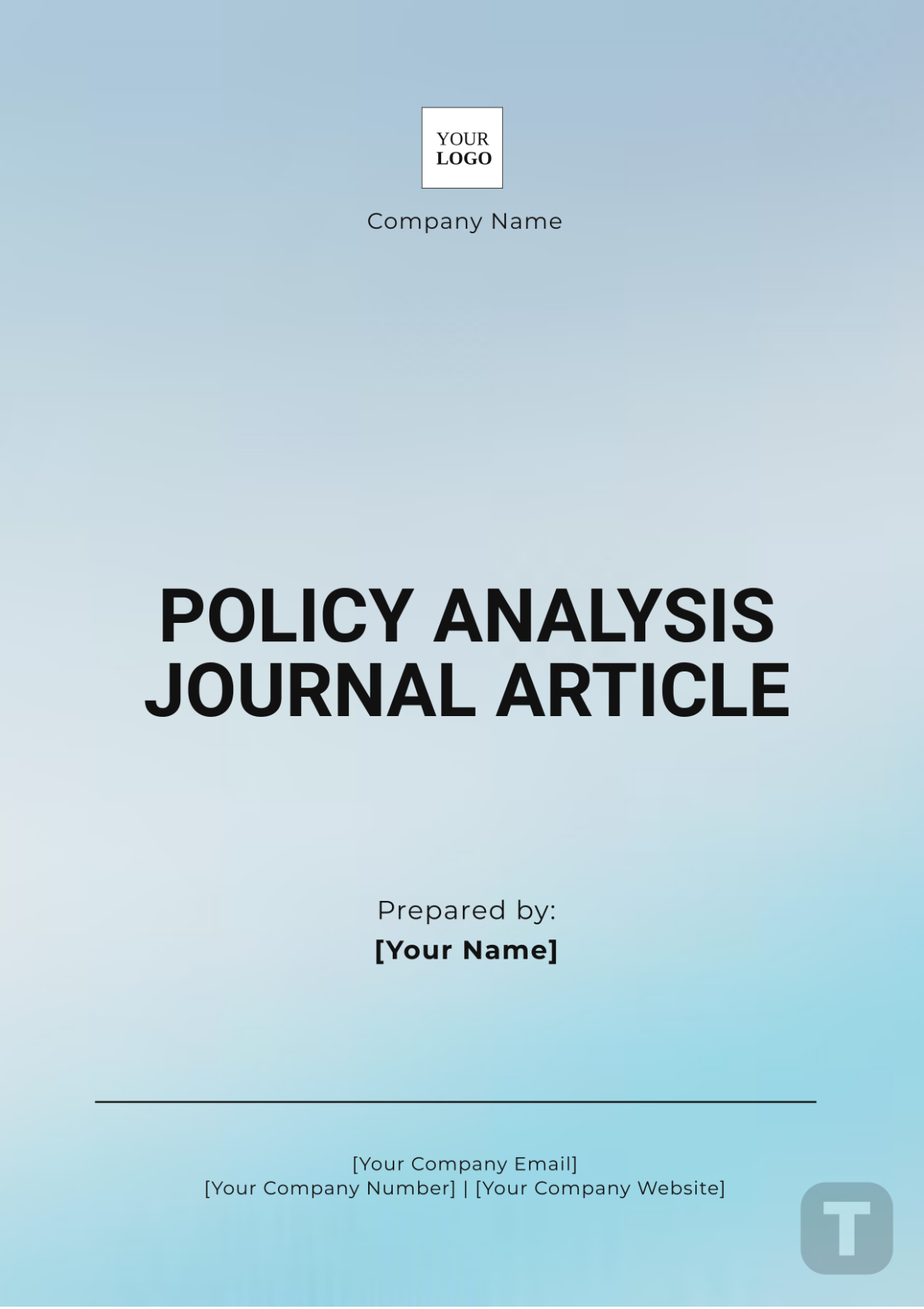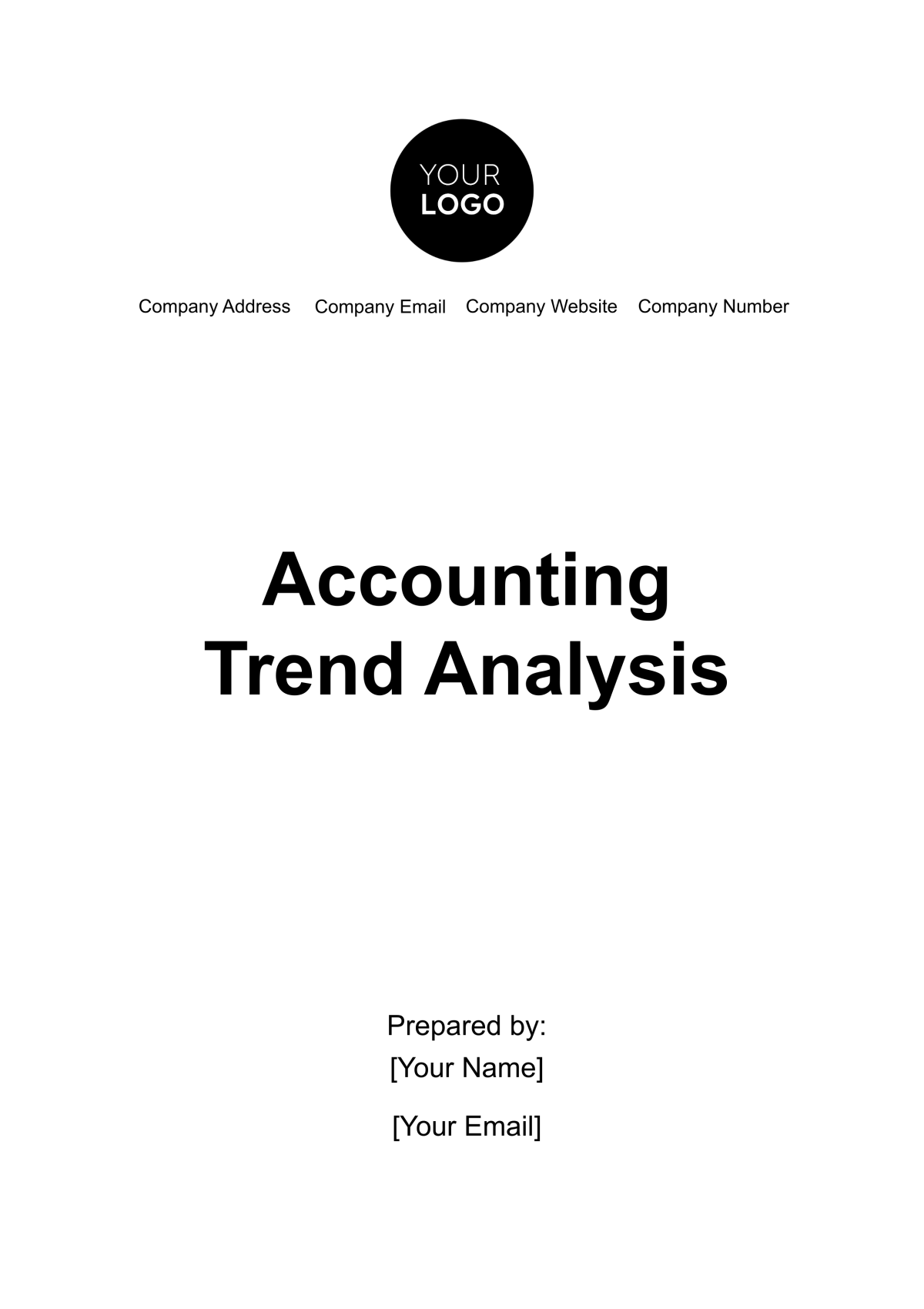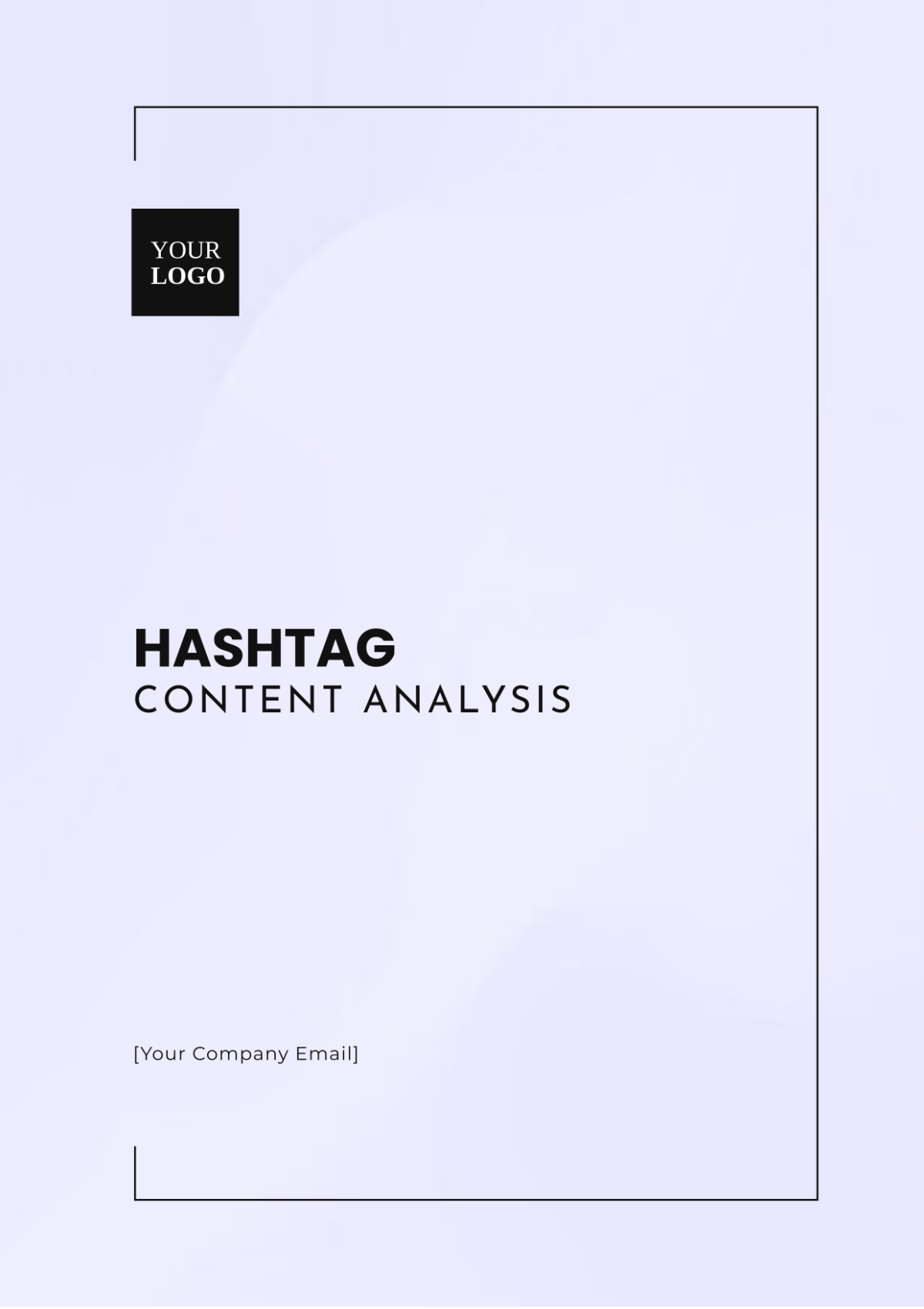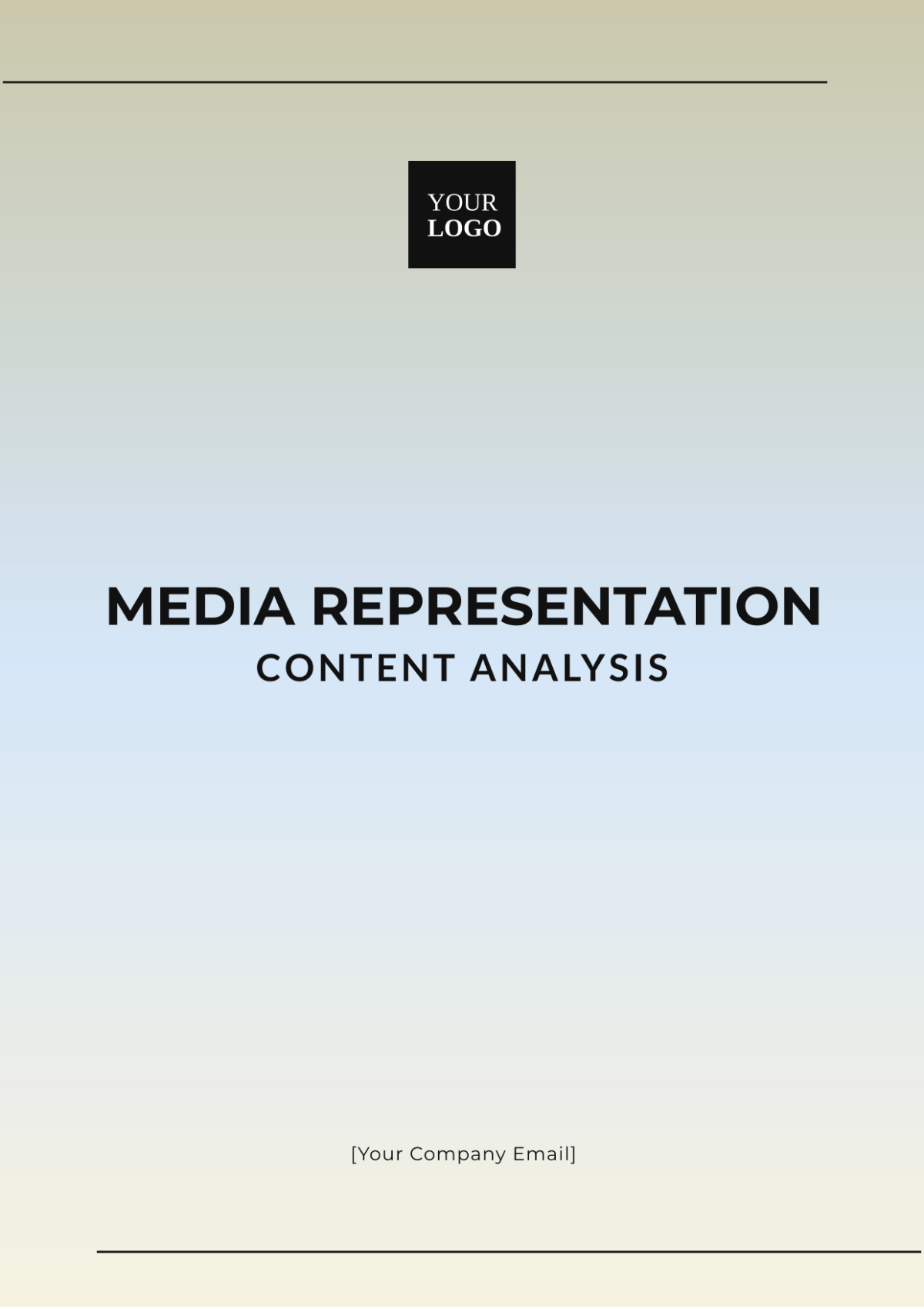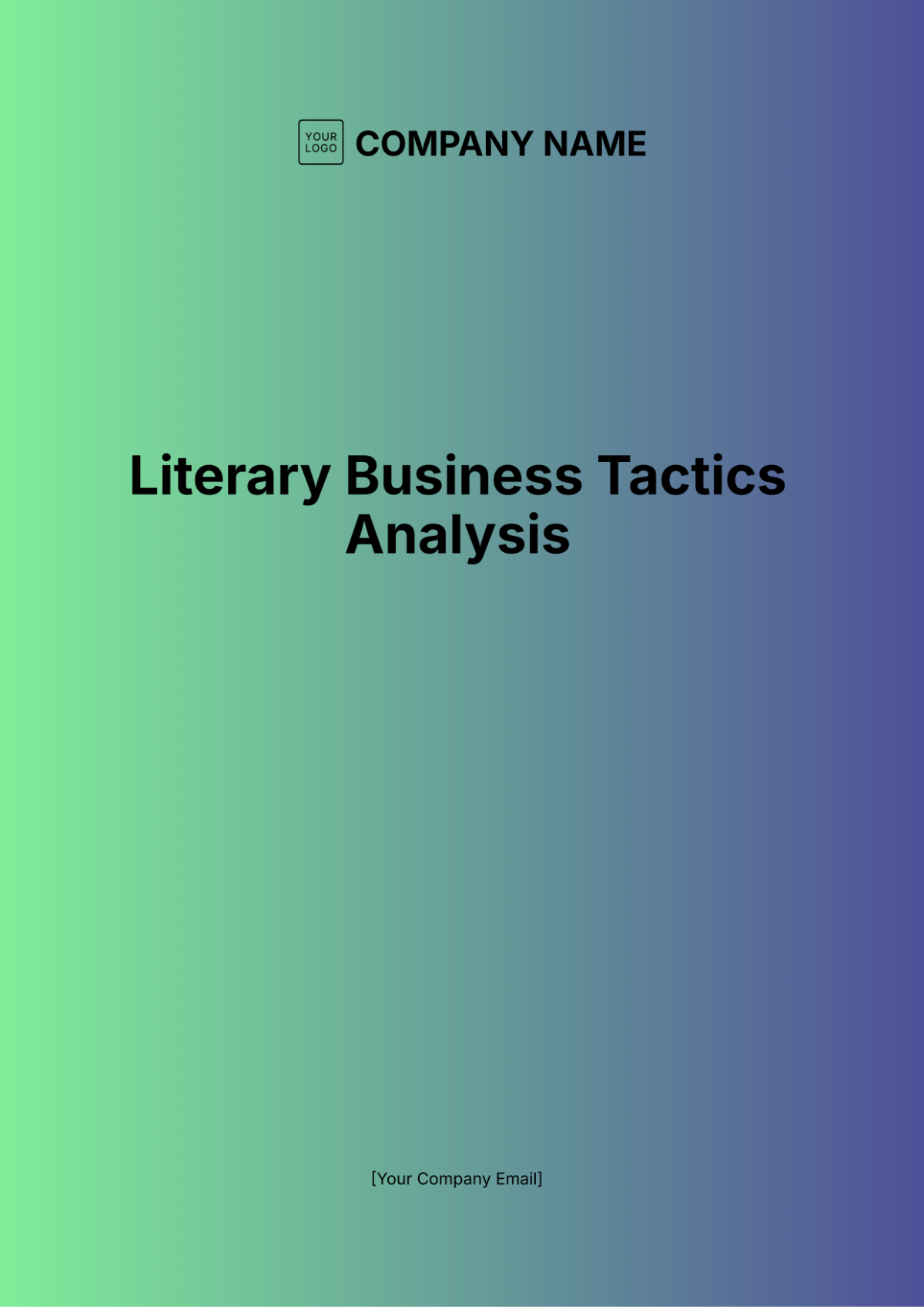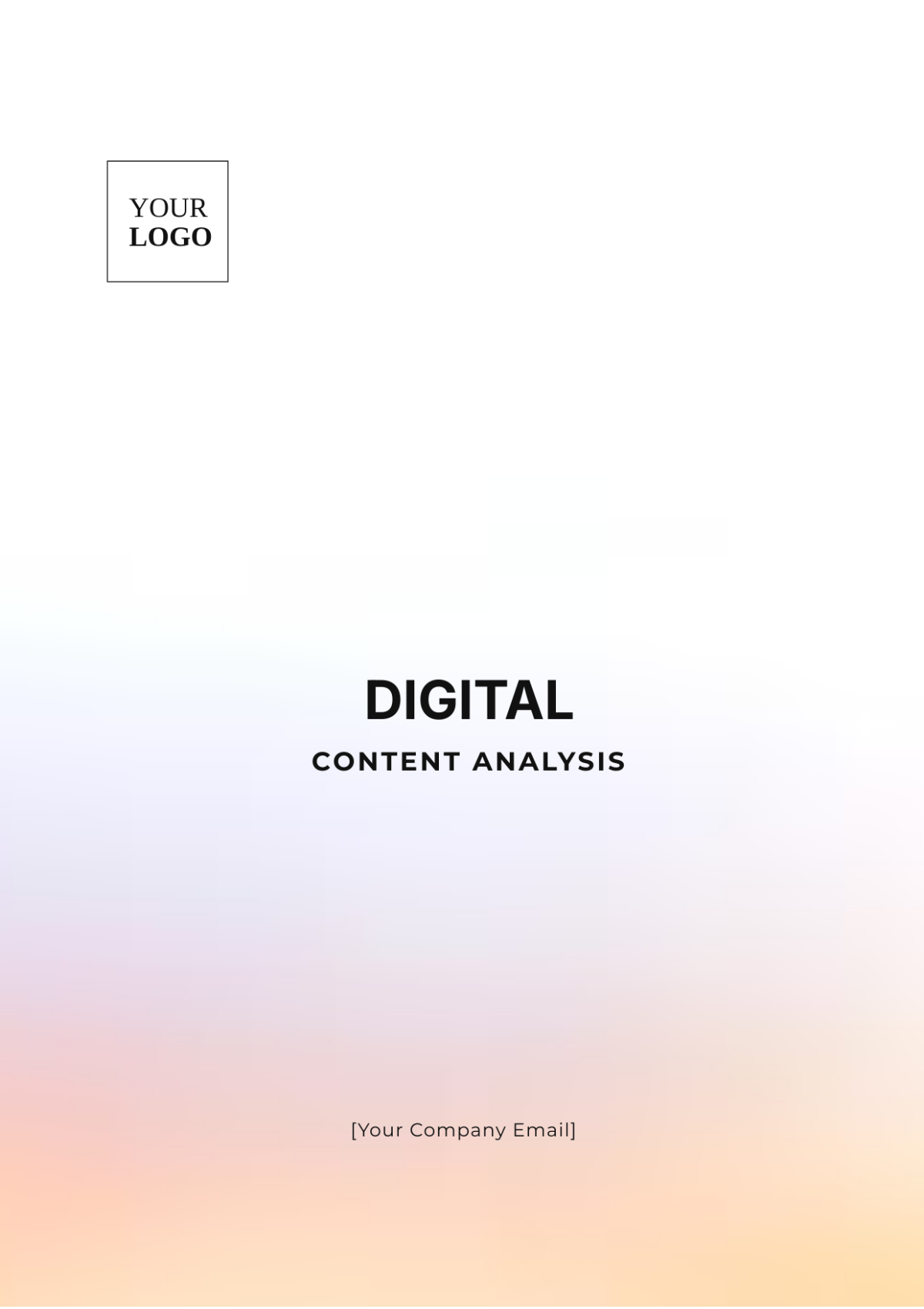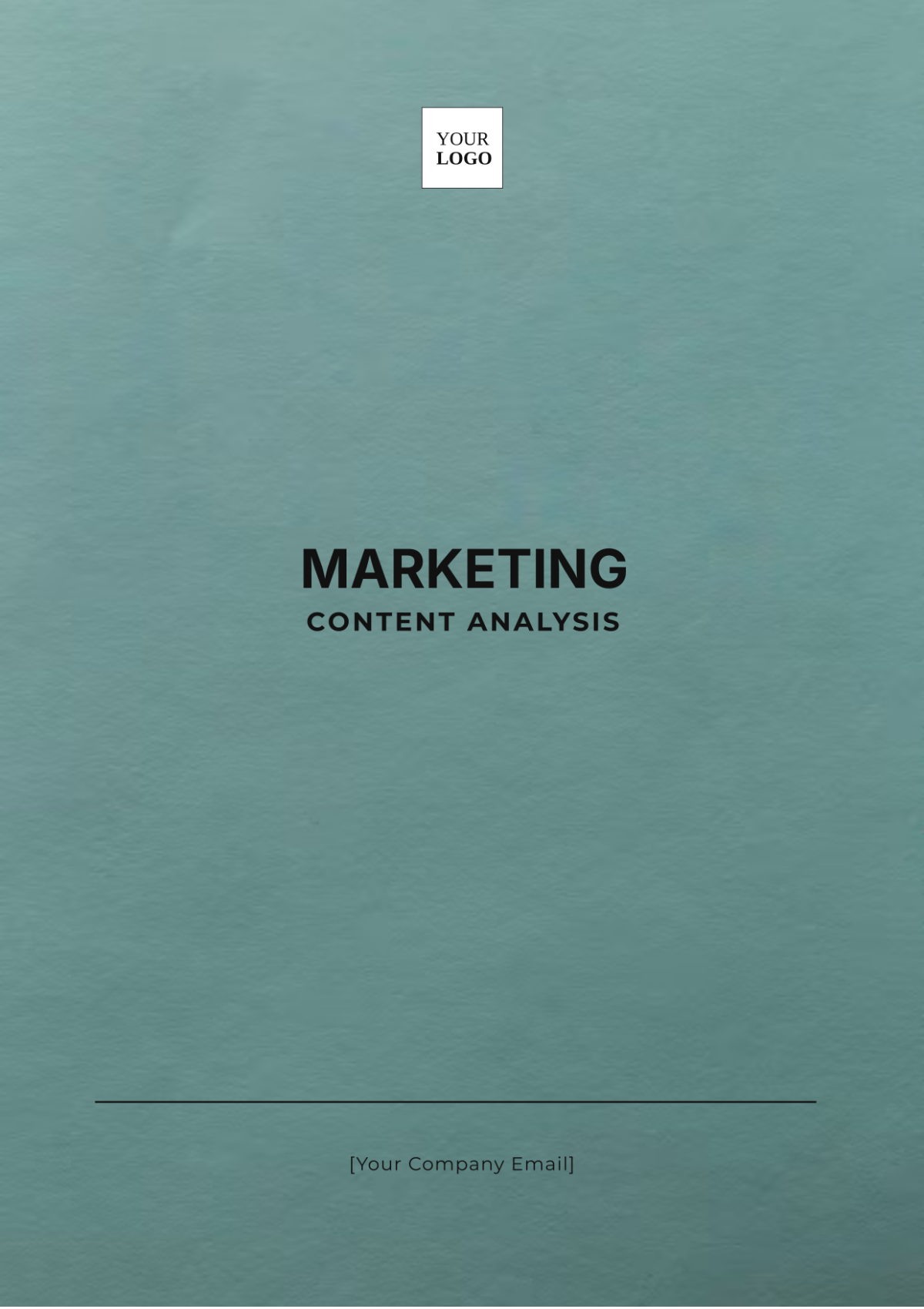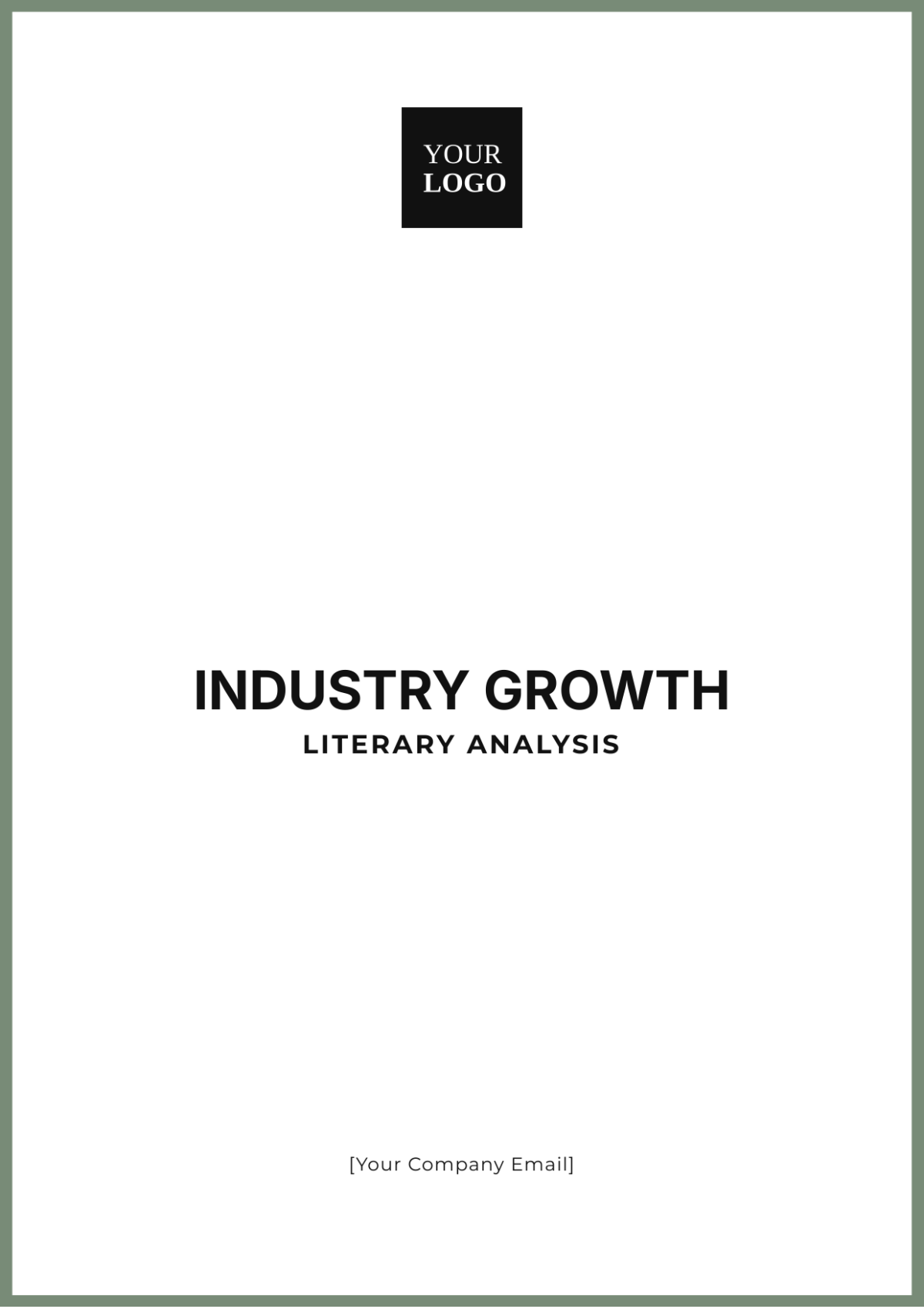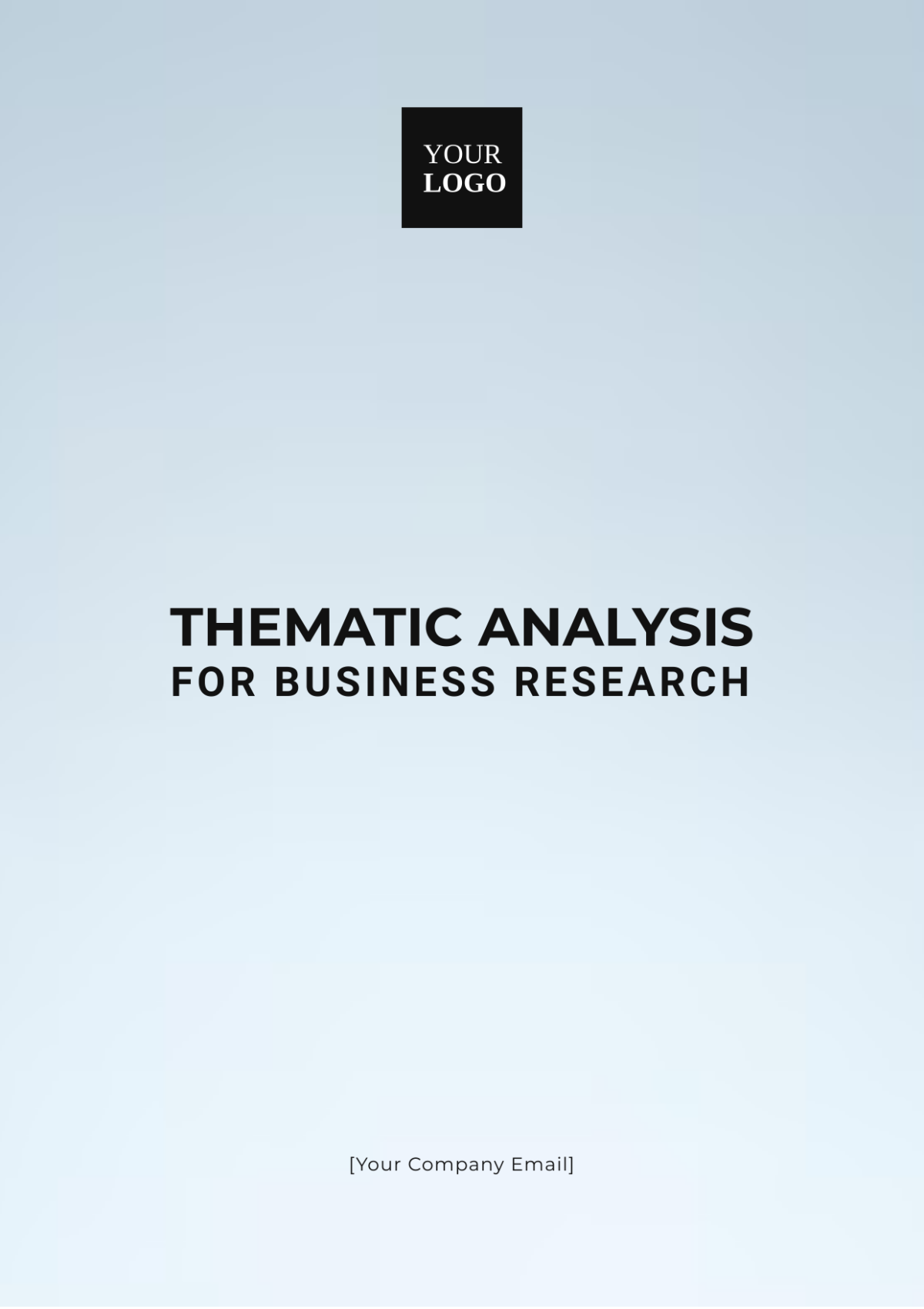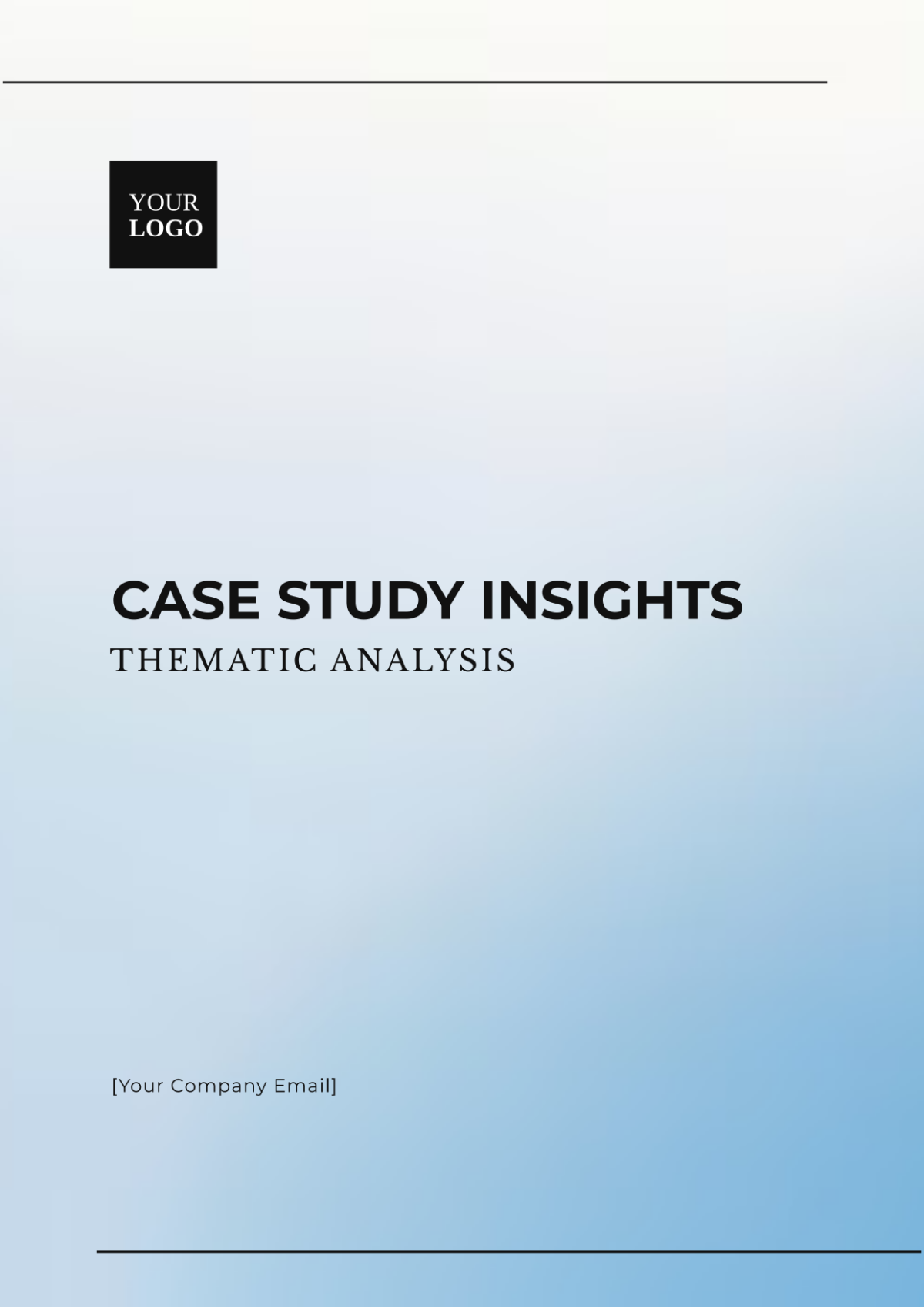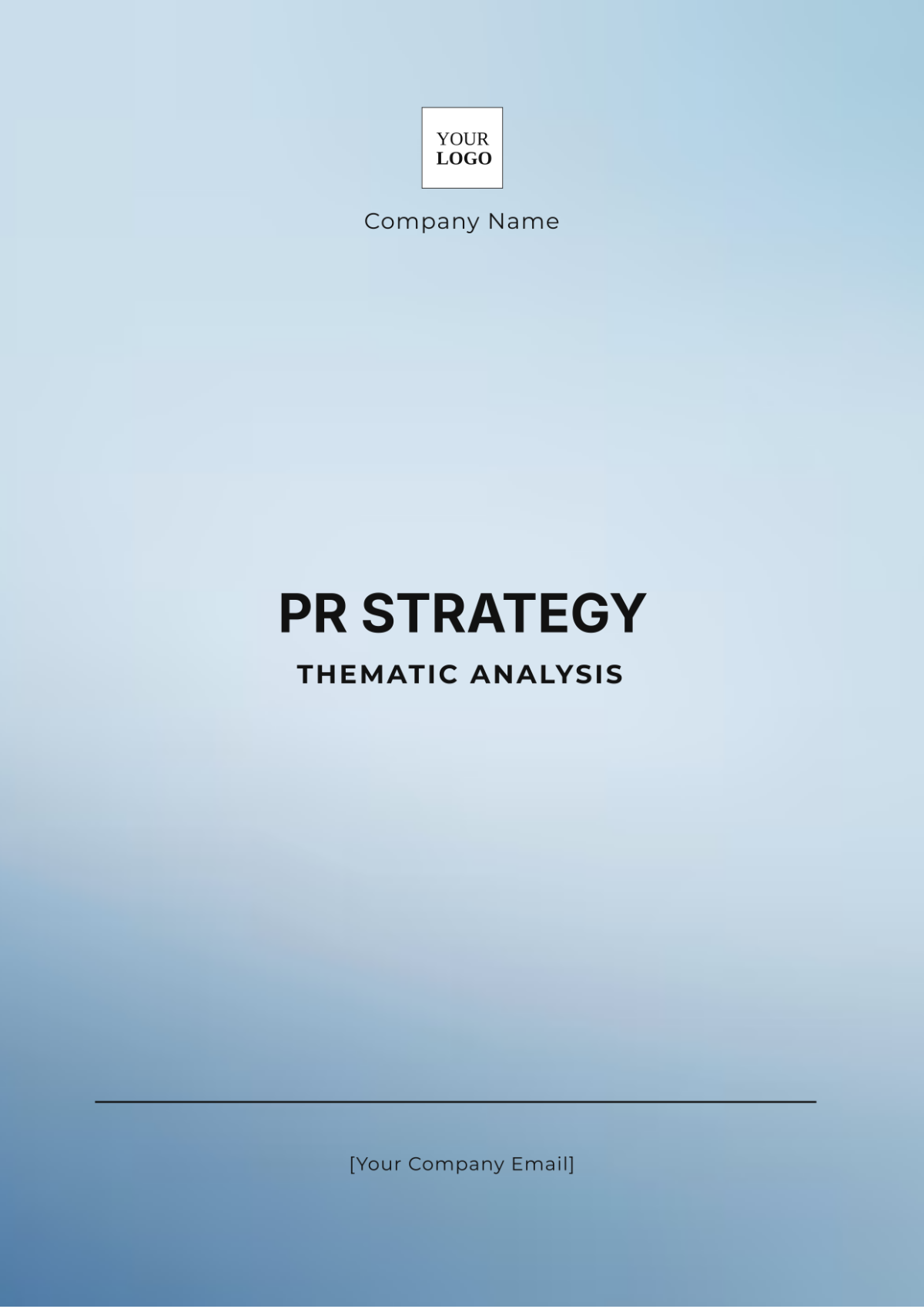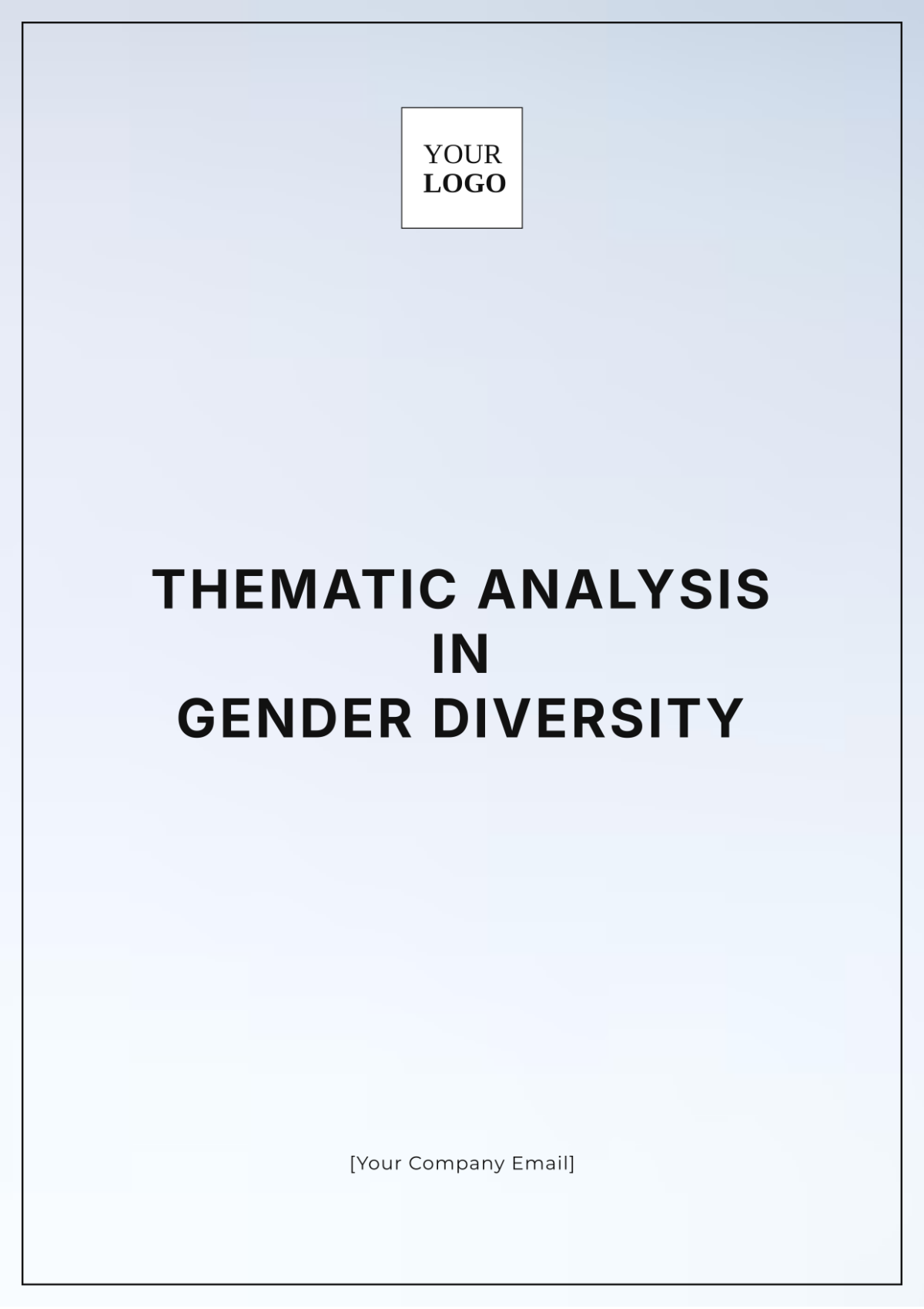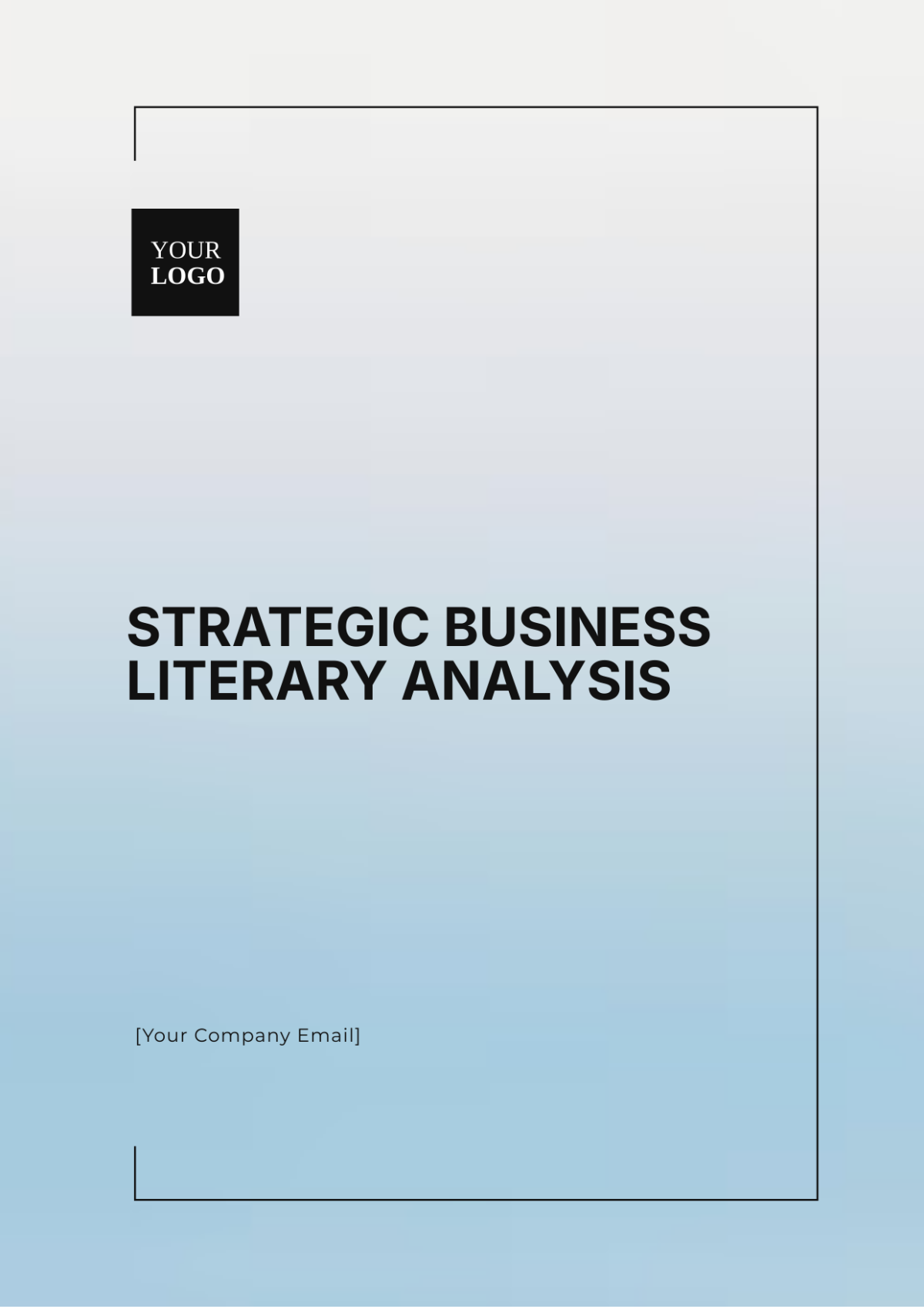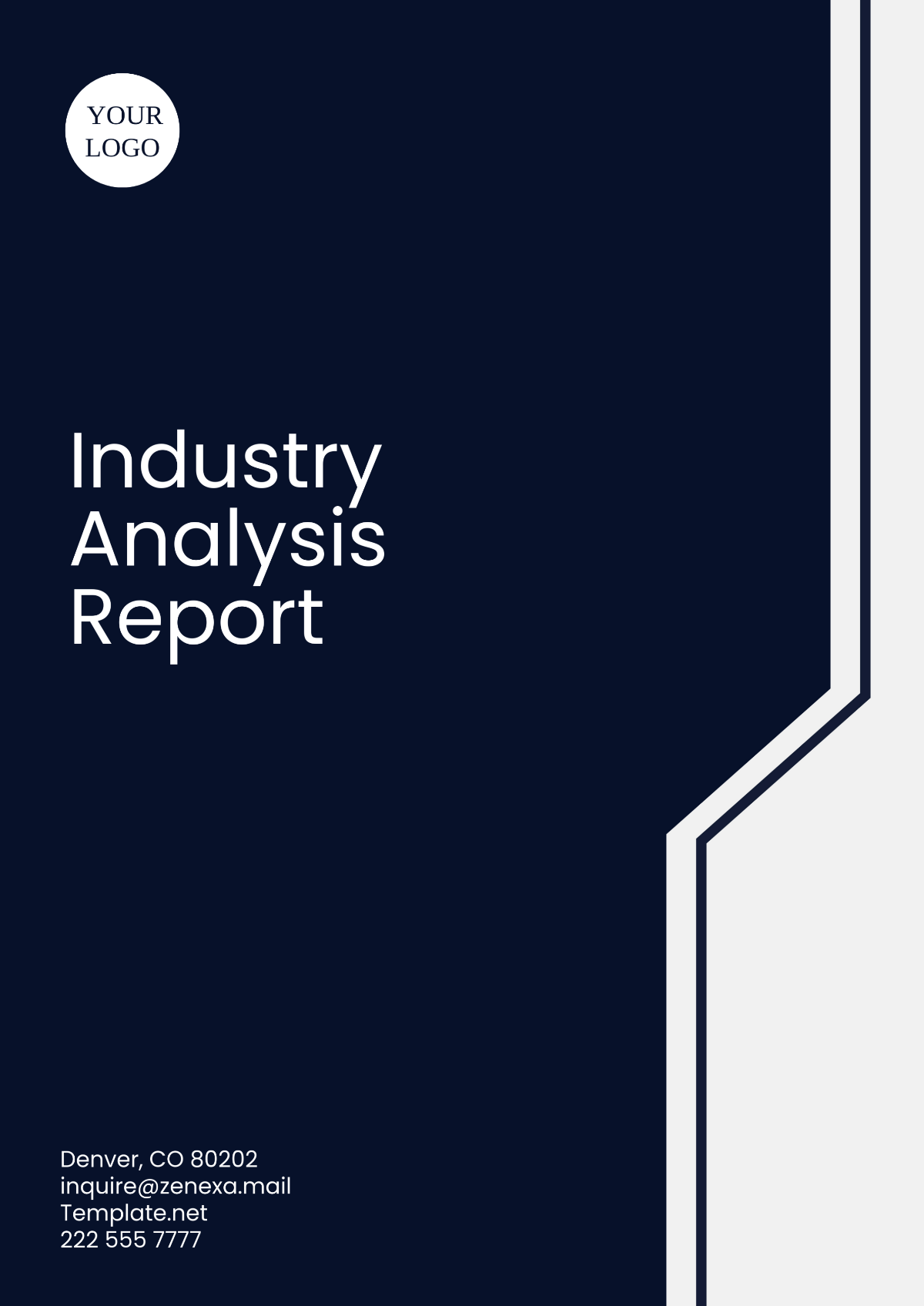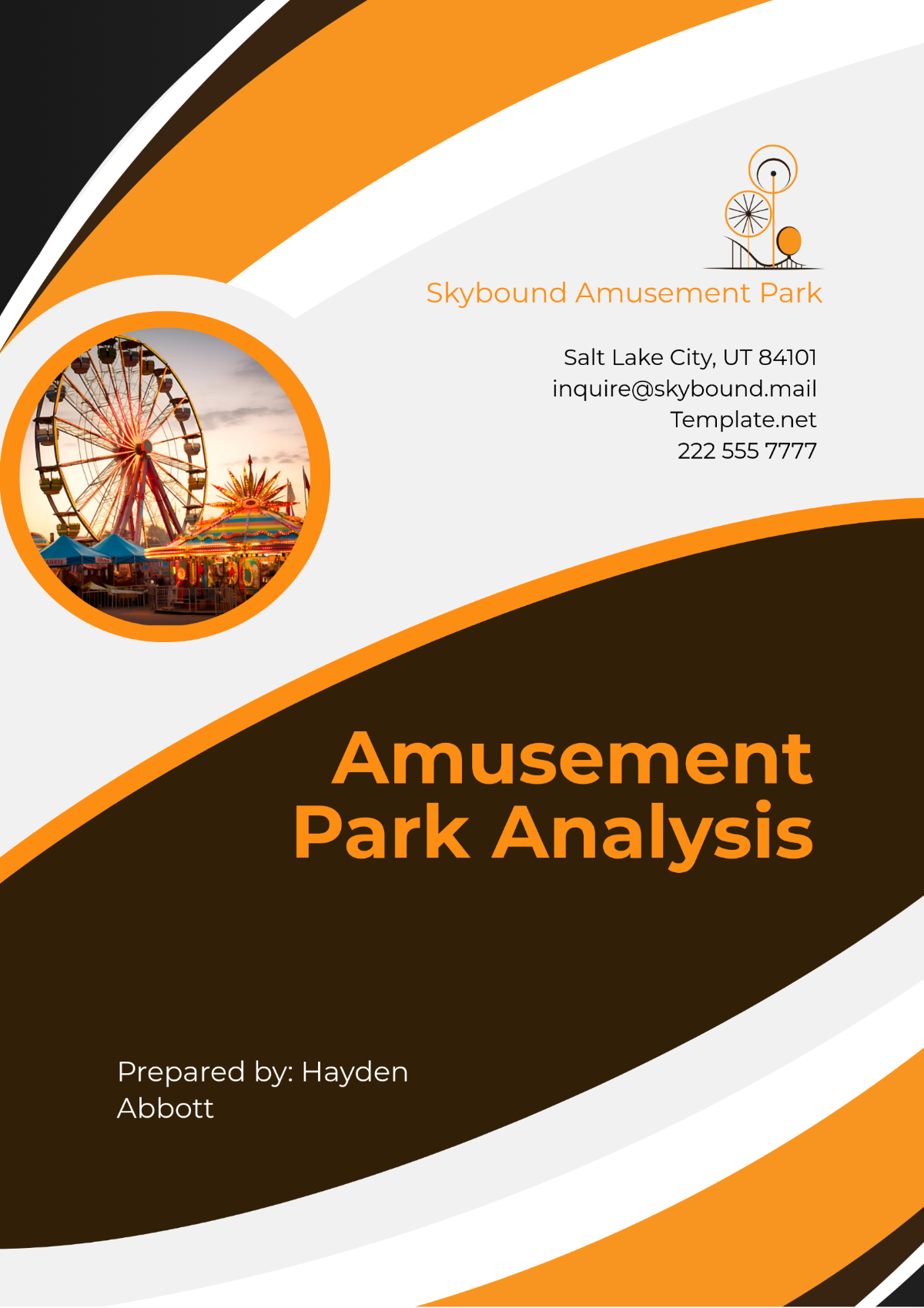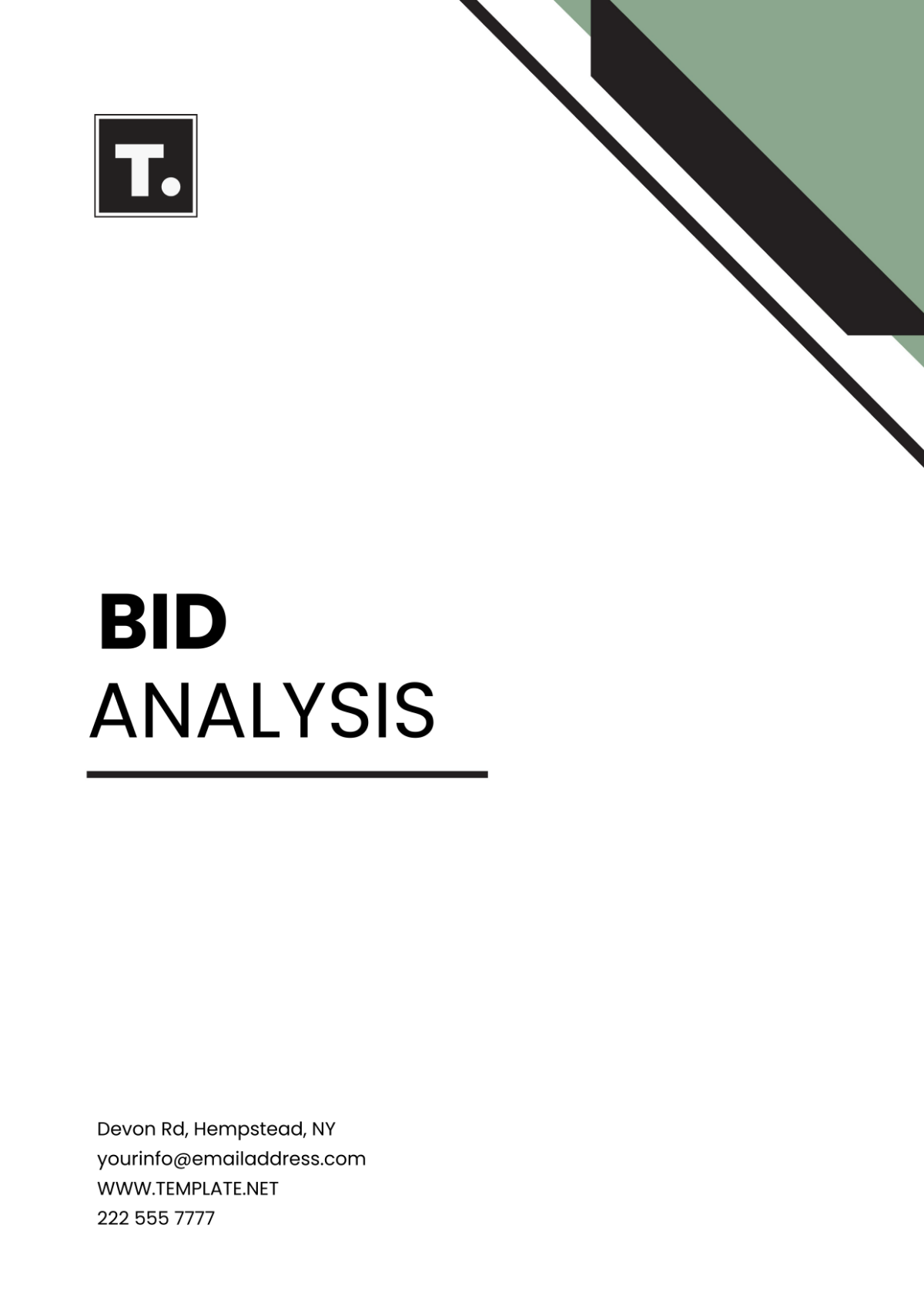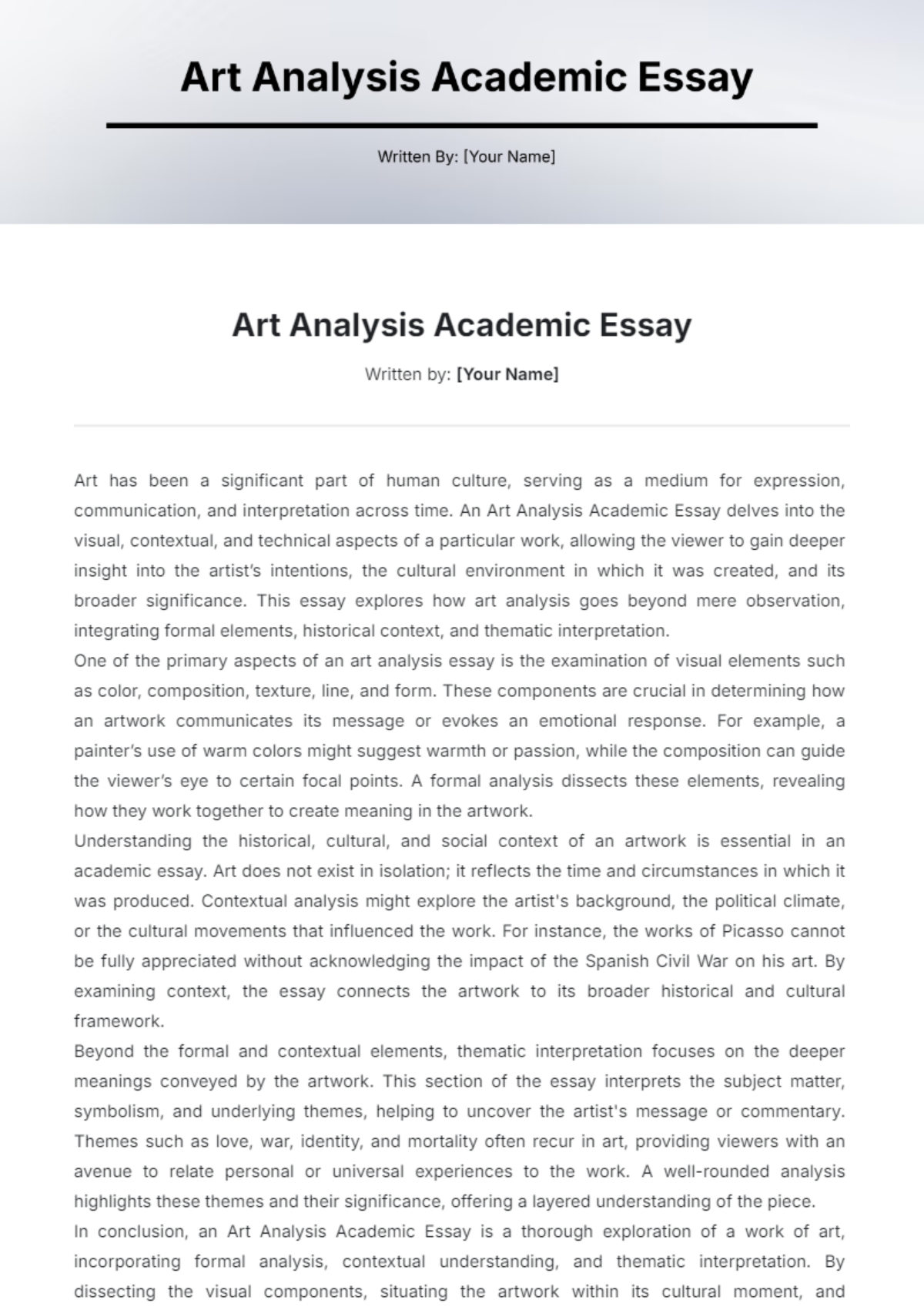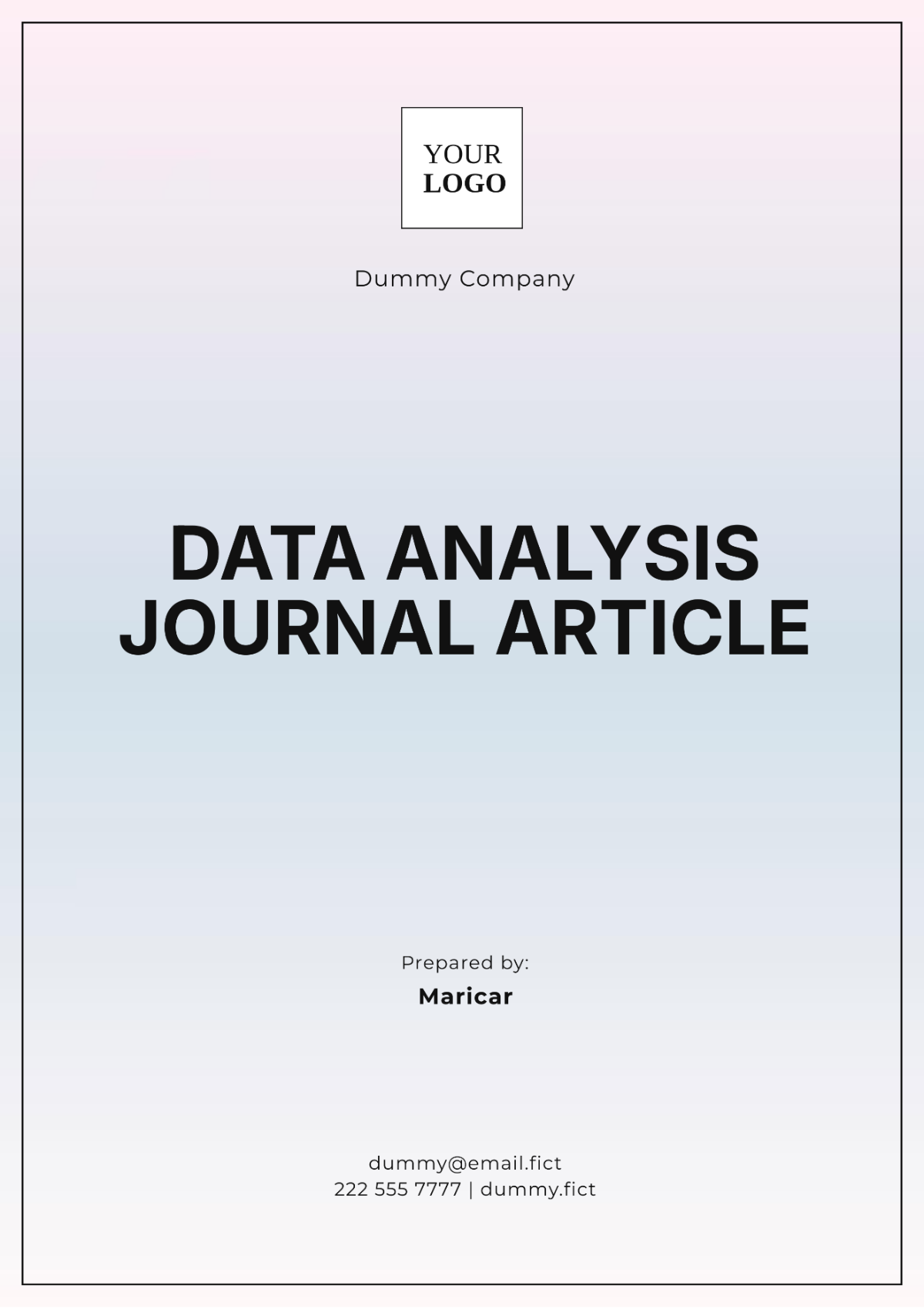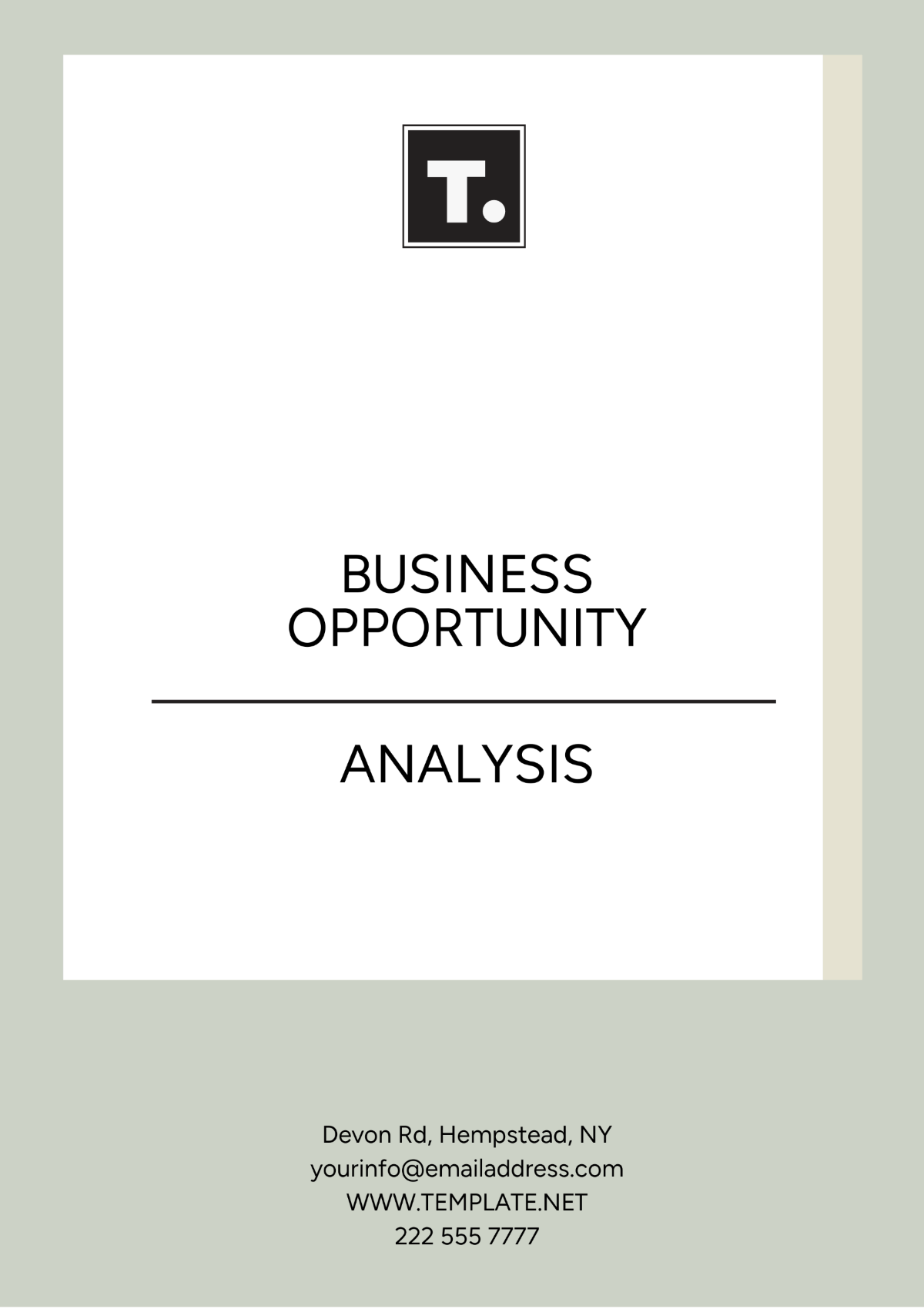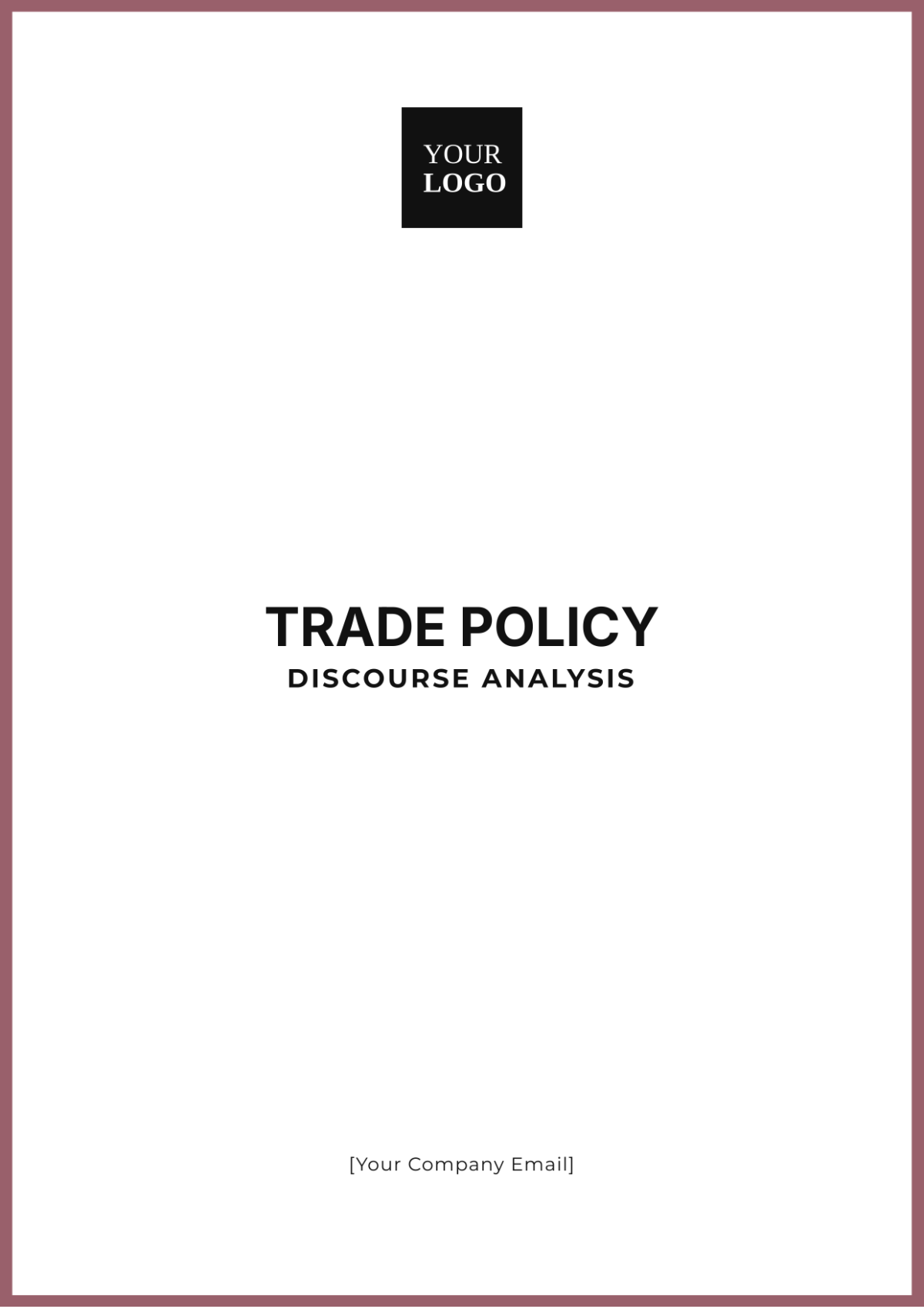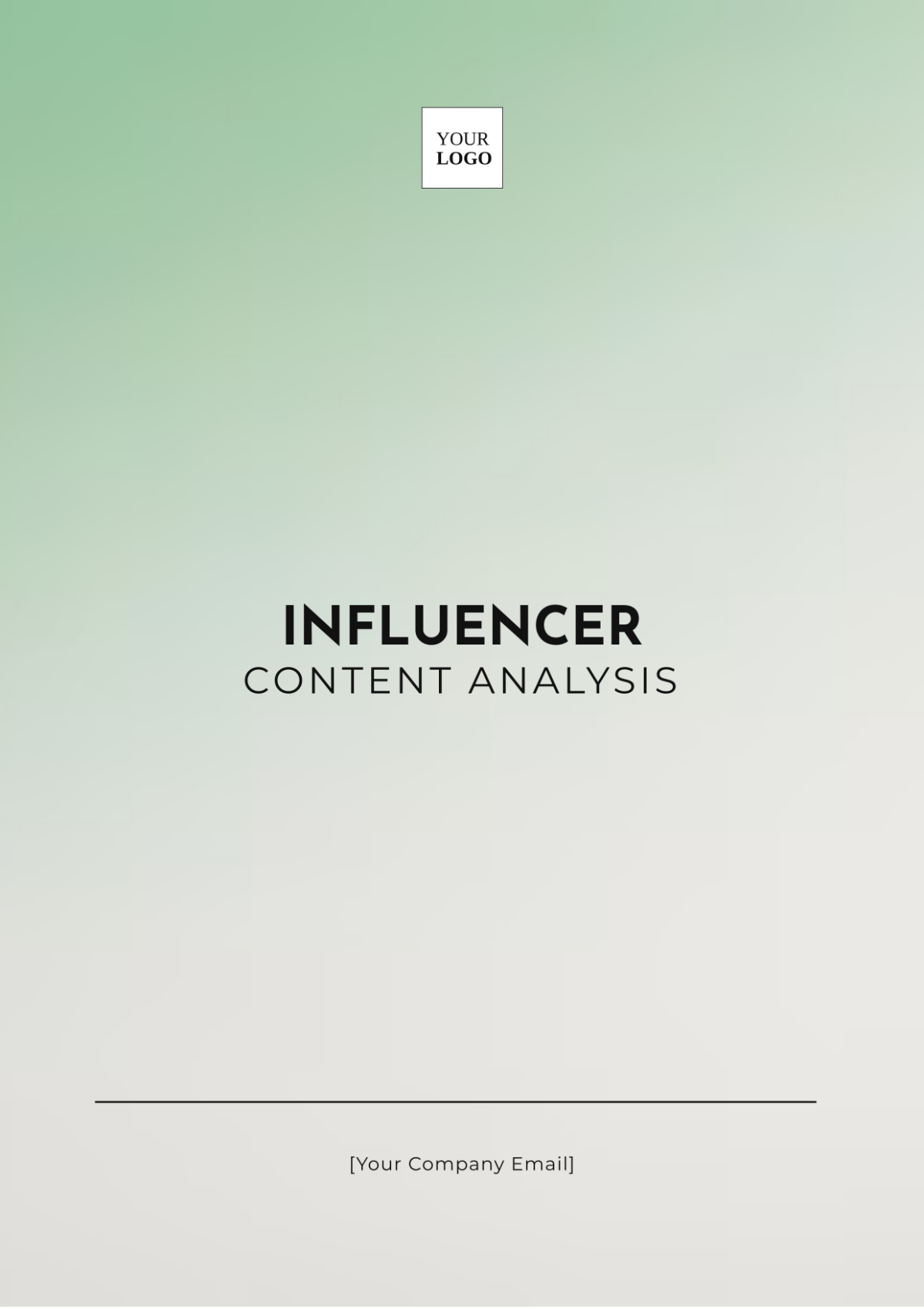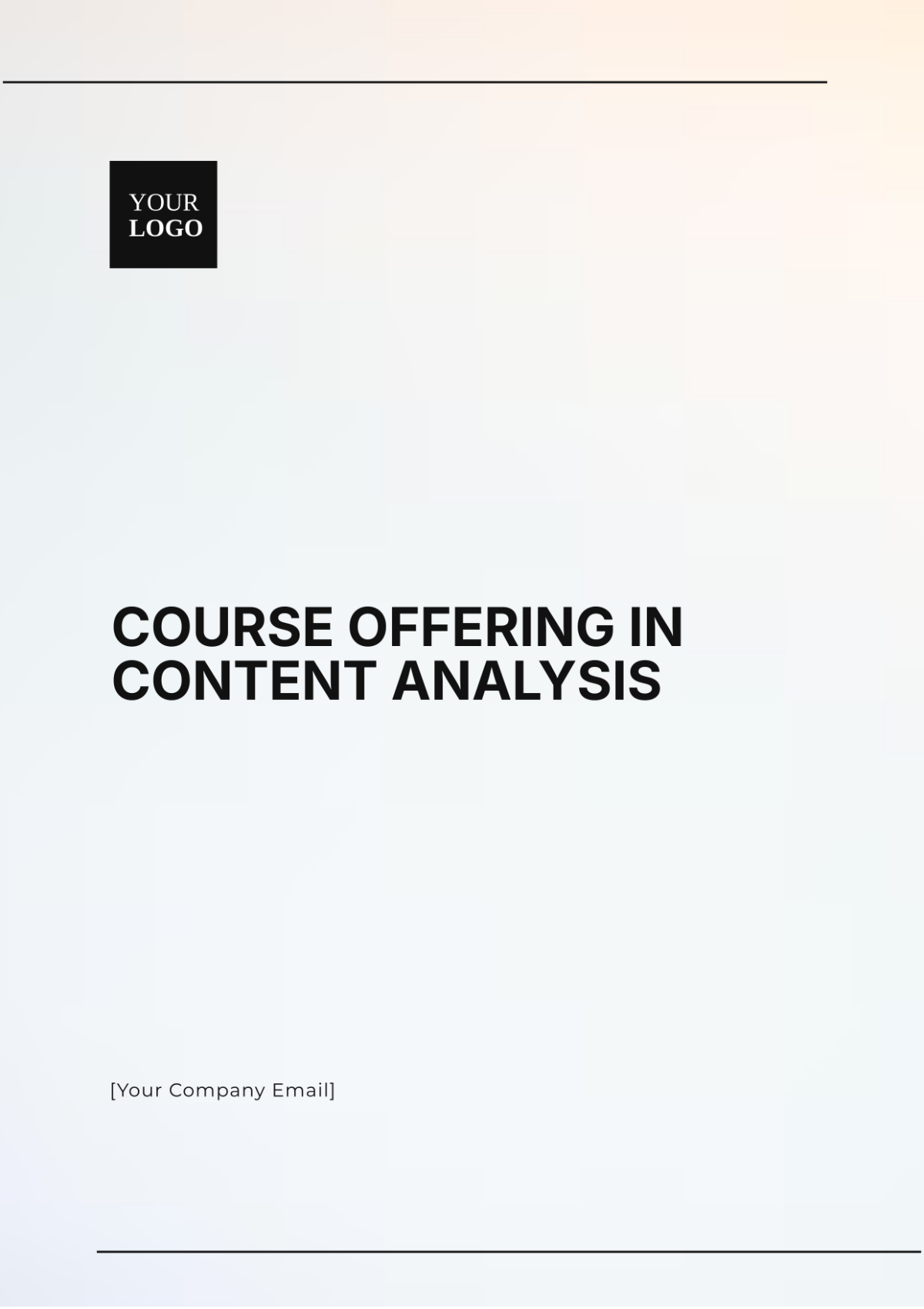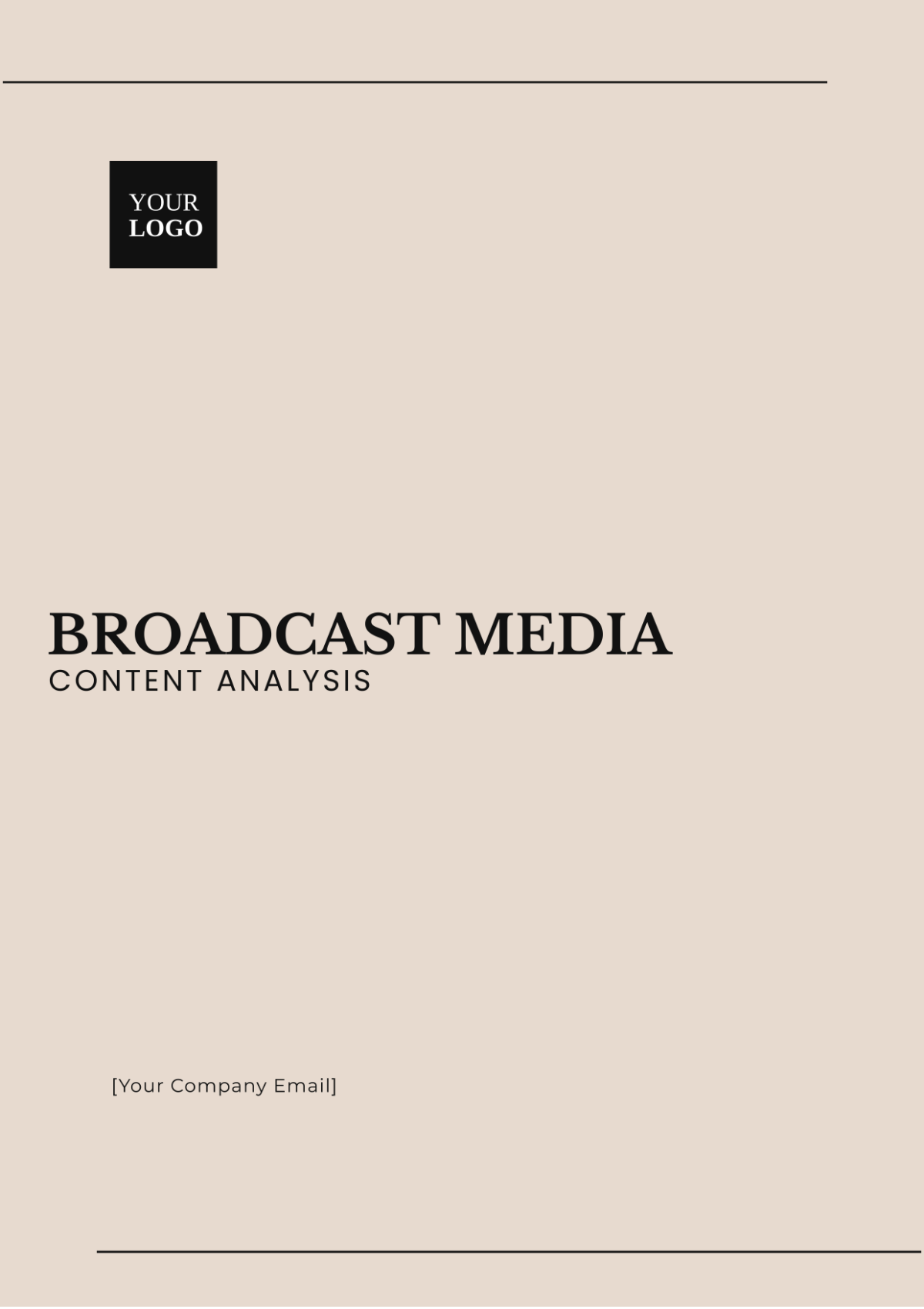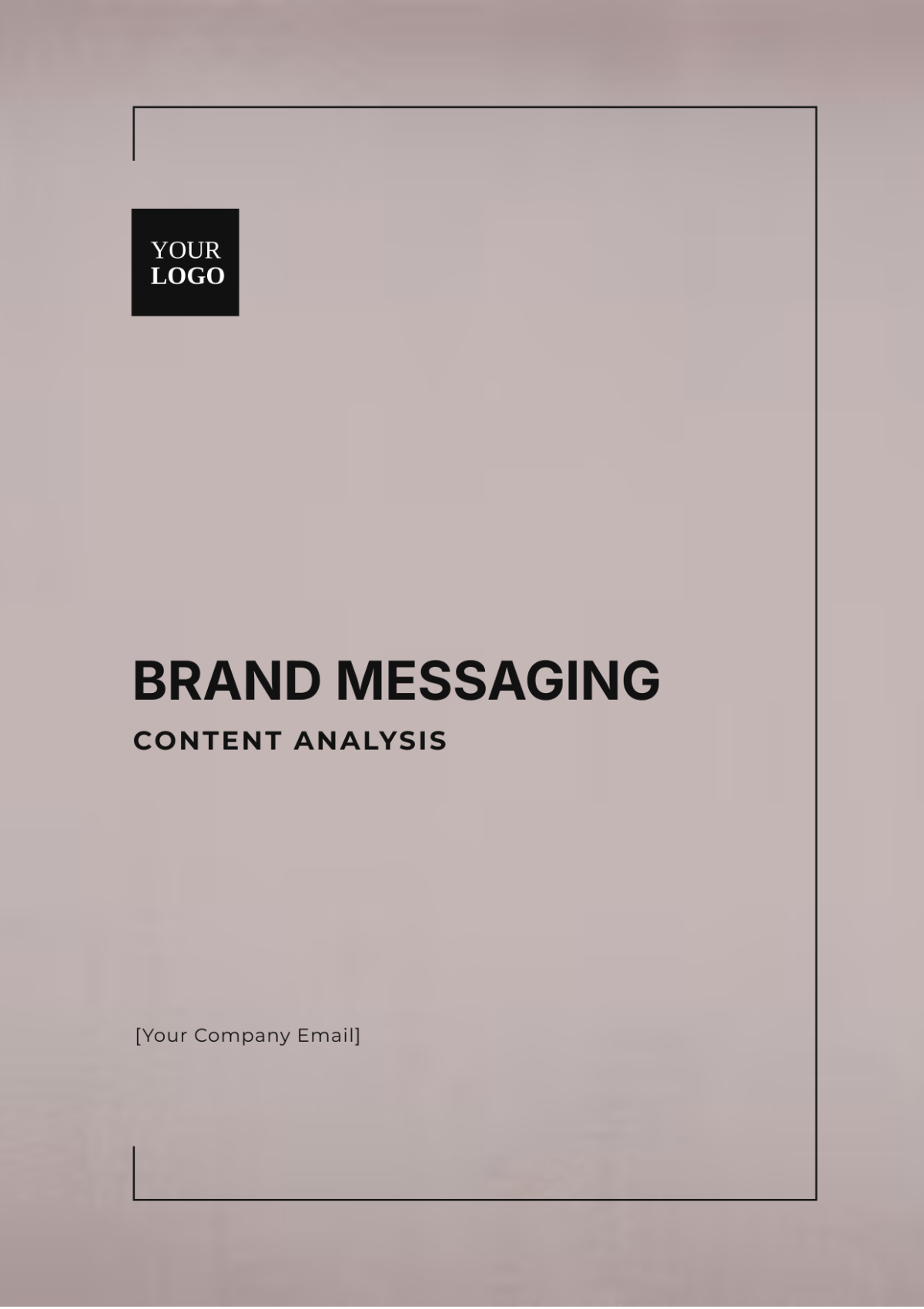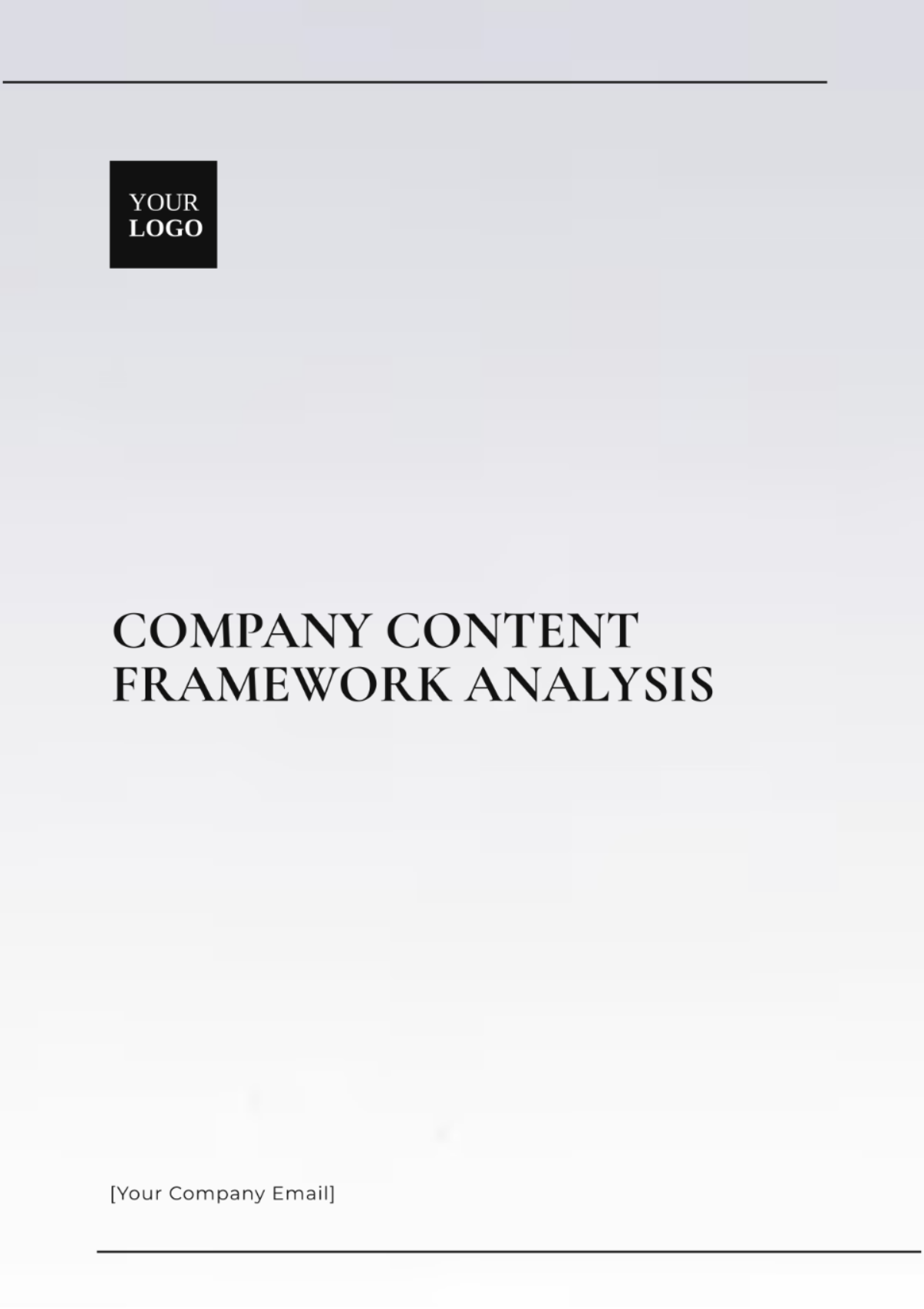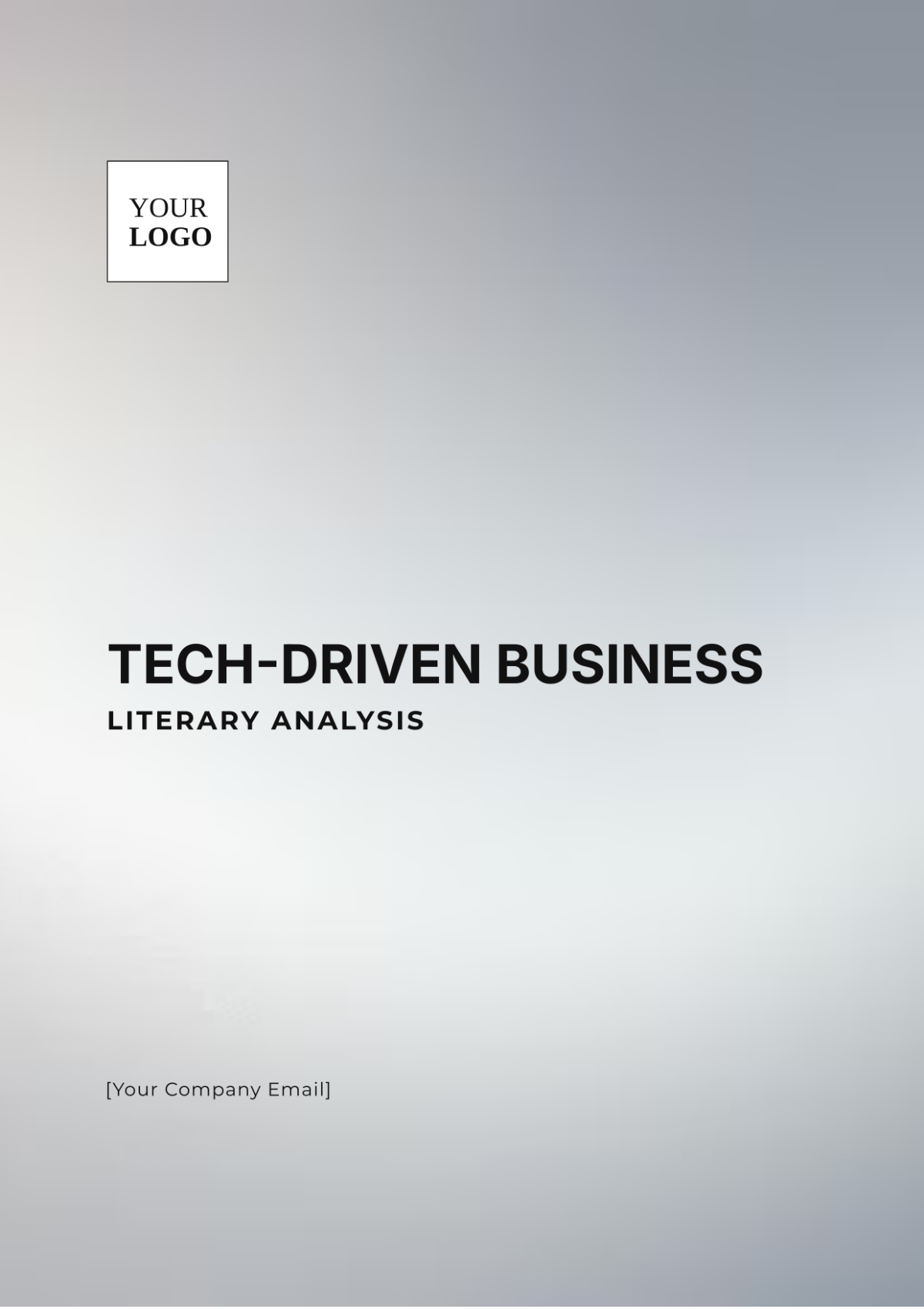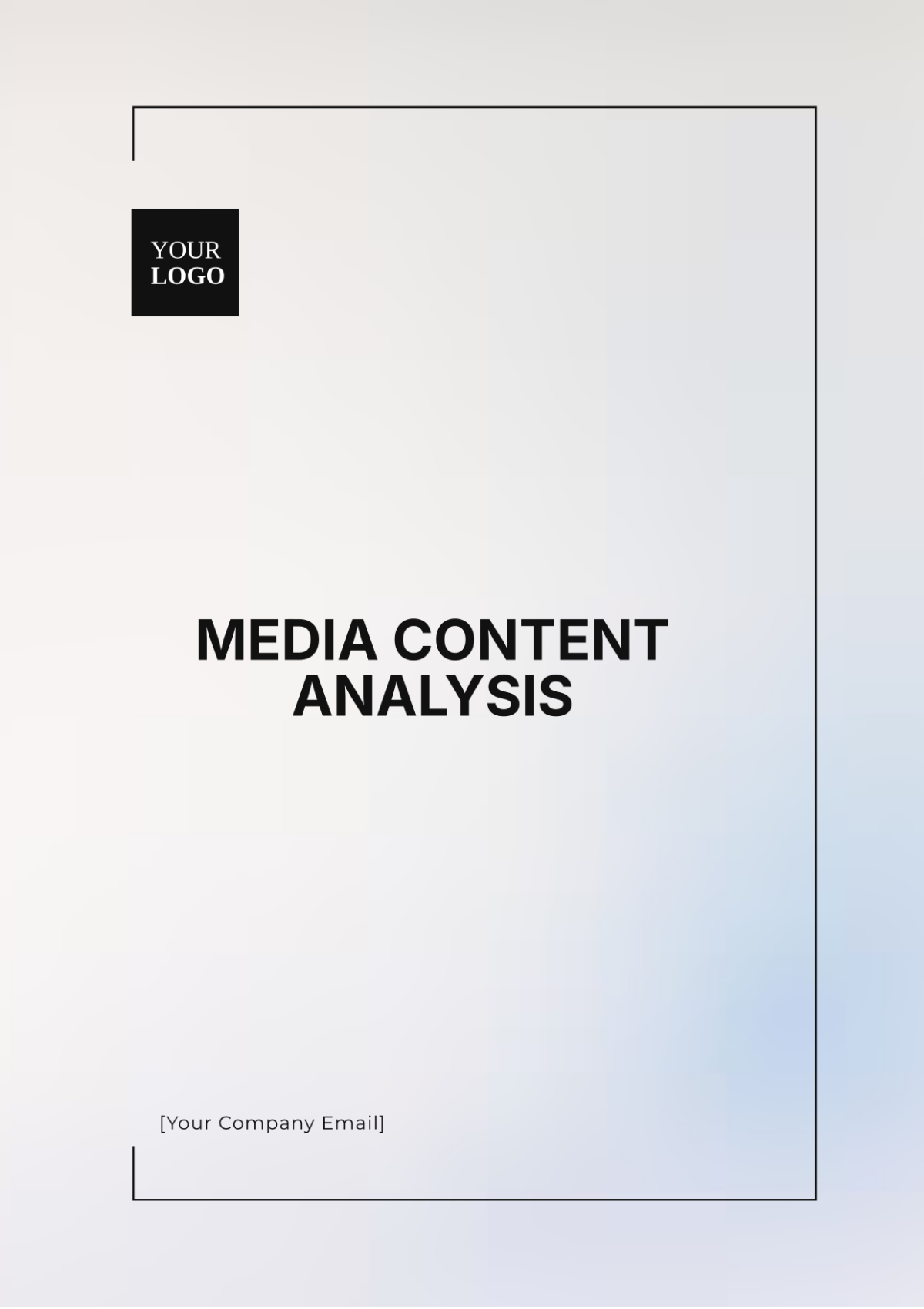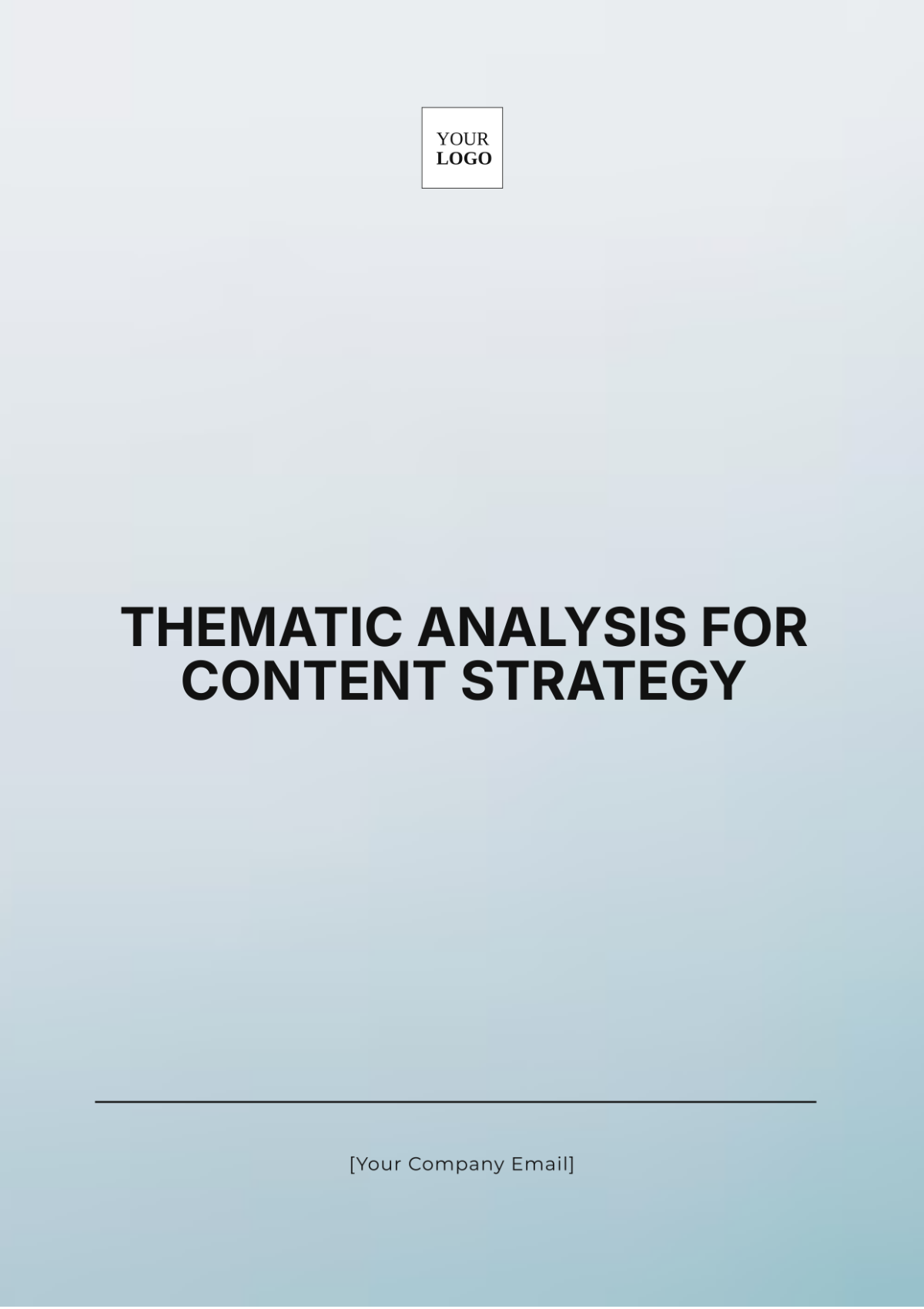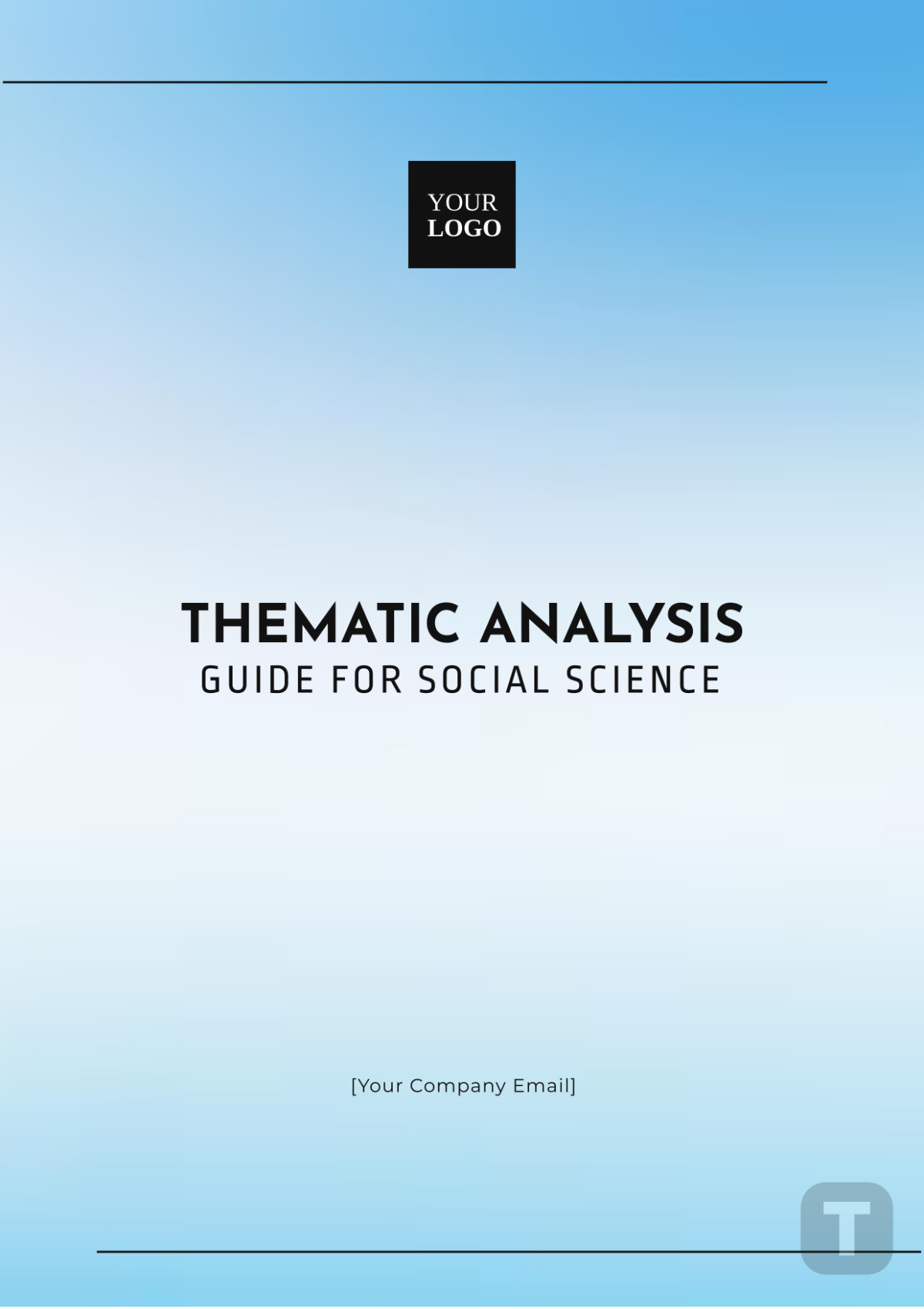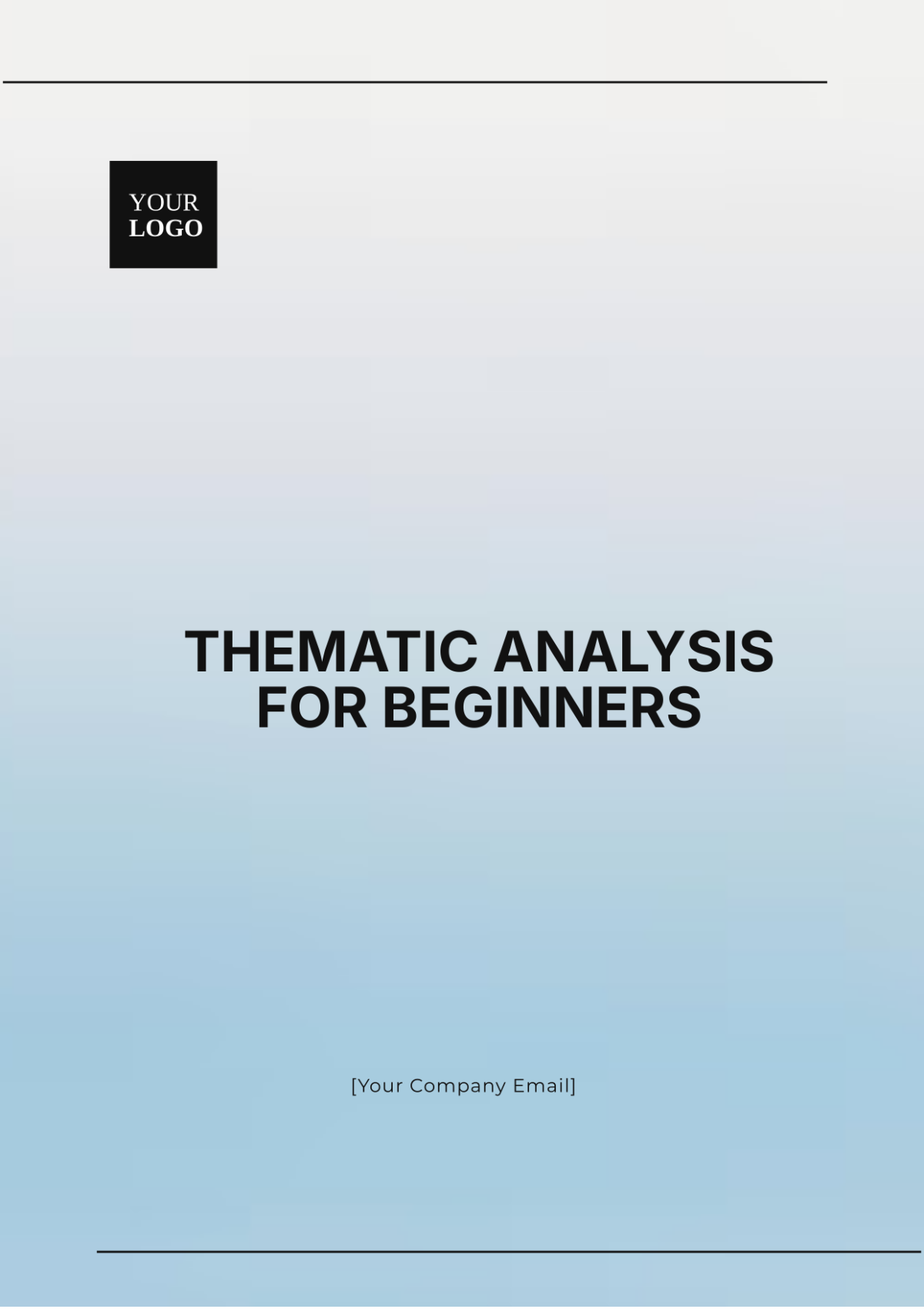WEBSITE COMPETITIVE ANALYSIS
I. Executive Summary
This report provides a comprehensive analysis comparing the features, performance, and strategies of competitors' websites within the same industry as [YOUR COMPANY NAME]. Key findings highlight [YOUR COMPANY NAME]'s strengths and areas for improvement, offering strategic recommendations for enhancing online presence and competitiveness.
II. Scope of Analysis
The analysis covers the following aspects:
User Experience (UX)
Search Engine Optimization (SEO)
Content Strategy
Functionality and Technical Features
Brand Positioning
Traffic and Engagement Metrics
Social Media Presence
III. Competitor Overview
A profile of each competitor includes:
Company Name and History:
Competitor A: Established in 2005, Competitor A has grown into a market leader in [industry].
Competitor B: Founded in 2010, Competitor B is known for its innovative approaches in [industry].
Website URL:
Competitor A: www.competitora.com
Competitor B: www.competitorb.com
Primary Products/Services:
Competitor A: Offers a wide range of [products/services].
Competitor B: Specializes in [products/services].
Target Market Description:
Competitor A: Targets young professionals aged 25-40.
Competitor B: Focuses on tech-savvy consumers aged 18-35.
Market Position and Recent Performance:
Competitor A: Leading market share with consistent annual growth.
Competitor B: Rapidly expanding with a strong online presence.
IV. Comparative Analysis
A. User Experience (UX)
This subsection assesses the ease of use, design, and navigation of competitor websites:
Website A:
Design Aesthetics: Modern and visually appealing with high-quality images.
Navigation Structure: Intuitive and user-friendly, with clear menus.
Accessibility: Includes features like text resizing and color contrast options.
User Feedback: Positive reviews highlighting ease of navigation.
Website B:
Design Aesthetics: Clean and minimalistic, focusing on functionality.
Navigation Structure: Simple but effective, with a clear call-to-action.
Accessibility: Basic accessibility features, need improvement.
User Feedback: Mixed reviews, some users find it too minimalistic.
B. Search Engine Optimization (SEO)
Evaluation of SEO strategies employed by the competitors, such as:
Keyword Usage:
Website A: Effectively targets high-volume keywords related to [industry].
Website B: Focuses on long-tail keywords, capturing niche traffic.
Backlink Profile:
Website A: Strong backlink profile from authoritative sites.
Website B: Moderate backlink profile, mostly from industry blogs.
Content Freshness:
Website A: Regularly updates blog and news sections.
Website B: Infrequent updates, needs more fresh content.
Technical SEO Practices:
Website A: Excellent technical SEO with optimized meta tags and clean URLs.
Website B: Adequate technical SEO, but missing structured data.
Page Load Speed:
Website A: Average load time of 2.5 seconds.
Website B: Faster load time of 1.8 seconds.
Mobile Optimization:
Website A: Fully optimized for mobile, responsive design.
Website B: Good mobile optimization, but some issues on smaller screens.
C. Content Strategy
Analysis of the types of content, frequency of updates, and engagement metrics:
Blog Posts:
Website A: Weekly posts covering industry trends and tips.
Website B: Monthly posts focusing on product updates.
Videos:
Website A: High-quality video tutorials and product demos.
Website B: Limited video content, mostly advertisements.
Infographics:
Website A: Regularly uses infographics to explain complex topics.
Website B: Rarely uses infographics, missed opportunity for engagement.
Webinars:
Website A: Hosts monthly webinars with industry experts.
Website B: No webinars offered.
Case Studies:
Website A: Detailed case studies showcasing customer success stories.
Website B: Few case studies, and needs more customer stories.
D. Functionality and Technical Features
Overview of technological implementations such as:
Mobile Responsiveness:
Website A: Seamless experience across all devices.
Website B: Generally responsive, but issues on smaller screens.
Load Time:
Website A: 2.5 seconds.
Website B: 1.8 seconds.
Security Features:
Website A: Uses SSL encryption and regular security audits.
Website B: Basic SSL encryption, no visible security certifications.
Interactive Tools:
Website A: Interactive calculators and live chat support.
Website B: Basic tools, lacks interactive features.
E-commerce Functionality:
Website A: Smooth checkout process, multiple payment options.
Website B: Functional but basic e-commerce setup.
Search Functionality:
Website A: Advanced search with filters and suggestions.
Website B: Simple search, needs more advanced filtering options.
E. Brand Positioning
Insight into how competitors position themselves in the market, including messaging tone and visual identity:
Website A:
Messaging and Tone: Professional and authoritative.
Visual Identity: Strong, consistent branding with a modern look.
Unique Selling Propositions (USPs): Emphasizes innovation and reliability.
Customer Perception: Viewed as a market leader.
Website B:
Messaging and Tone: Friendly and approachable.
Visual Identity: Clean and minimalist.
Unique Selling Propositions (USPs): Highlights affordability and ease of use.
Customer Perception: Known for customer-friendly practices.
F. Traffic and Engagement Metrics
Analysis of website traffic and user engagement:
Traffic Sources:
Website A: 60% organic, 20% direct, 15% referral, 5% social.
Website B: 50% organic, 30% direct, 10% referral, 10% social.
Visitor Demographics:
Website A: Predominantly professionals aged 25-40.
Website B: Tech-savvy consumers aged 18-35.
Bounce Rate:
Website A: 35%.
Website B: 45%.
Average Session Duration:
Website A: 4 minutes.
Website B: 3 minutes.
Conversion Rates:
Website A: 5%.
Website B: 3%.
G. Social Media Presence
Evaluation of competitors' social media strategies and performance:
Platforms Used:
Website A: Active on Facebook, Twitter, LinkedIn, Instagram.
Website B: Active on Facebook, Instagram, and YouTube.
Follower Count:
Website A: 100K+ followers on Facebook.
Website B: 50K+ followers on Instagram.
Engagement Rates:
Website A: High engagement, with frequent interactions.
Website B: Moderate engagement, needs improvement.
Content Types:
Website A: Diverse content including posts, stories, and live videos.
Website B: Primarily posts and ads.
Influencer Collaborations:
Website A: Regular collaborations with industry influencers.
Website B: Few collaborations, an opportunity for growth.
V. Strengths and Weaknesses
Summary of key strengths and weaknesses identified during the competitive analysis.
Competitor | Strengths | Weaknesses |
|---|---|---|
Website A | Strong SEO, Diverse Content | Poor Mobile Experience |
Website B | Excellent UX | Limited Social Media Presence |
Website C | High Traffic, Fast Load Time | Outdated Design |
VI. Recommendations and Strategies
Suggestions for [YOUR COMPANY NAME] to potentially integrate or improve upon based on the competitive insights gathered.
Enhance Mobile User Experience:
Action: Redesign mobile interface for better usability and faster load times.
Timeline: Start Q1 2050, Complete Q3 2050.
Responsible: Web development team.
Metrics: Reduce mobile bounce rate by 20%.
Increase Social Media Engagement:
Action: Develop a comprehensive social media strategy and engage with influencers.
Timeline: Start Q2 2050, Complete Q4 2050.
Responsible: Social media team.
Metrics: Increase follower count by 50%, and boost engagement rate by 30%.
Improve Technical SEO Aspects:
Action: Conduct regular technical SEO audits and optimize for core web vitals.
Timeline: Start Q1 2050, Ongoing.
Responsible: SEO team.
Metrics: Improve organic traffic by 25%.
Diversify Content Types:
Action: Increase the use of multimedia content, including videos and infographics.
Timeline: Start Q2 2050, Complete Q4 2050.
Responsible: Content team.
Metrics: Increase content engagement by 40%.
Strengthen Brand Positioning:
Action: Refine messaging and tone, and update visual identity.
Timeline: Start Q1 2050, Complete Q3 2050.
Responsible: Marketing team.
Metrics: Enhance brand perception as measured by customer surveys.
VII. Action Plan
A detailed action plan outlining steps for implementation of the recommendations:
Mobile User Experience:
Tasks: Conduct user testing, implement design changes, and monitor performance.
Deadline: Q3 2050.
Responsibility: Lead Developer, UX Designer.
Social Media Engagement:
Tasks: Develop a content calendar, initiate influencer partnerships, and track metrics.
Deadline: Q4 2050.
Responsibility: Social Media Manager.
Technical SEO:
Tasks: Perform SEO audits, fix technical issues, and optimize content.
Deadline: Continuous.
Responsibility: SEO Specialist.
Content Diversification:
Tasks: Create new content formats, schedule regular updates, and analyze engagement.
Deadline: Q4 2050.
Responsibility: Content Strategist.
Brand Positioning:
Tasks: Update brand guidelines, refine messaging, and launch branding campaign.
Deadline: Q4 2050.
Responsibility: Brand Manager.
VIII. Conclusion
The competitive analysis reveals significant insights into the strengths and weaknesses of [YOUR COMPANY NAME] and its competitors. By implementing the recommended strategies, [YOUR COMPANY NAME] can enhance its online presence, improve user engagement, and strengthen its market position. The action plan provides a clear roadmap for achieving these goals, ensuring sustained growth and competitive advantage.
Prepared By : | [Your Name] |
Position : | [YOUR POSITION] |
Company Name : | [Your Company Name] |
